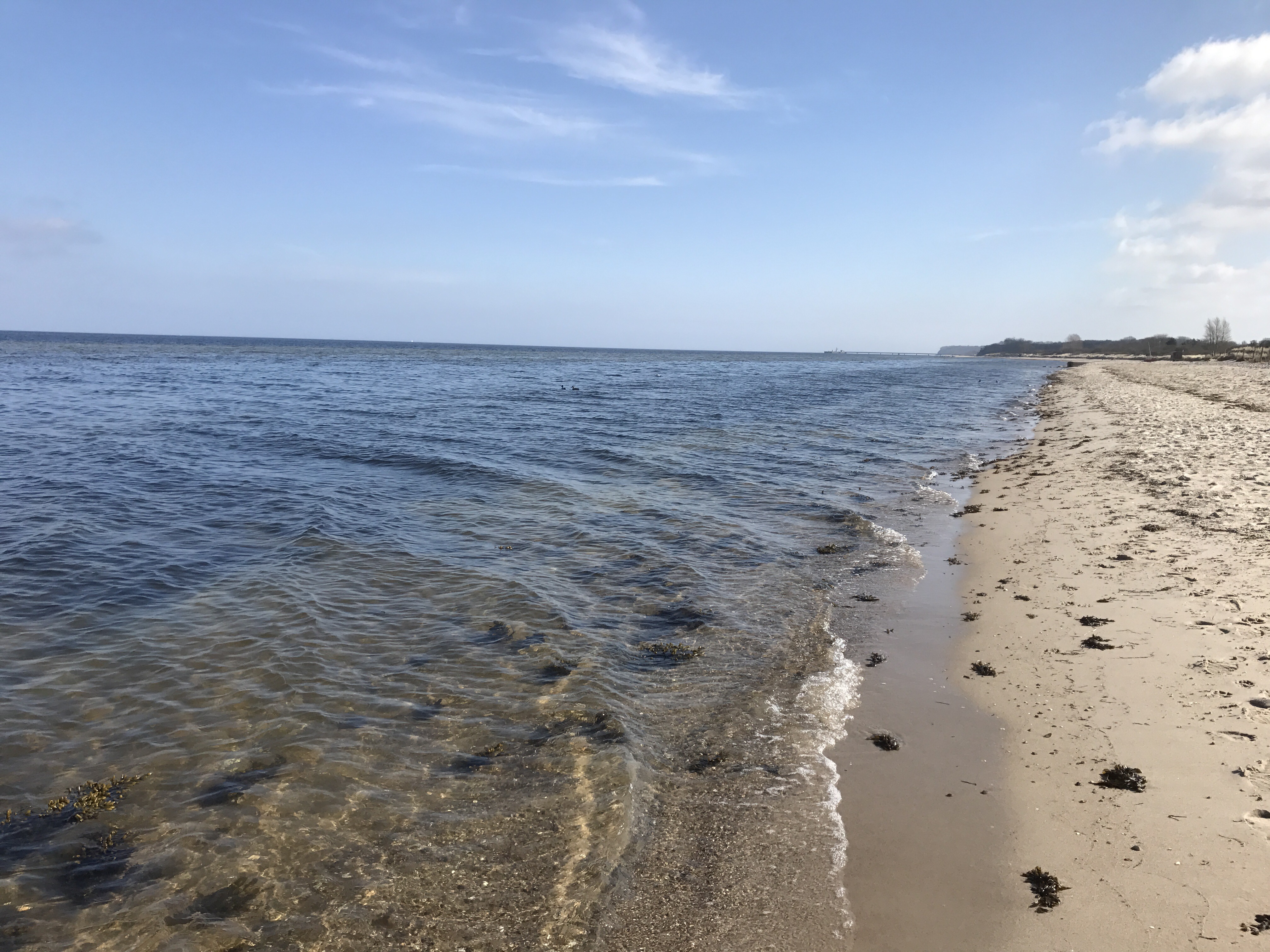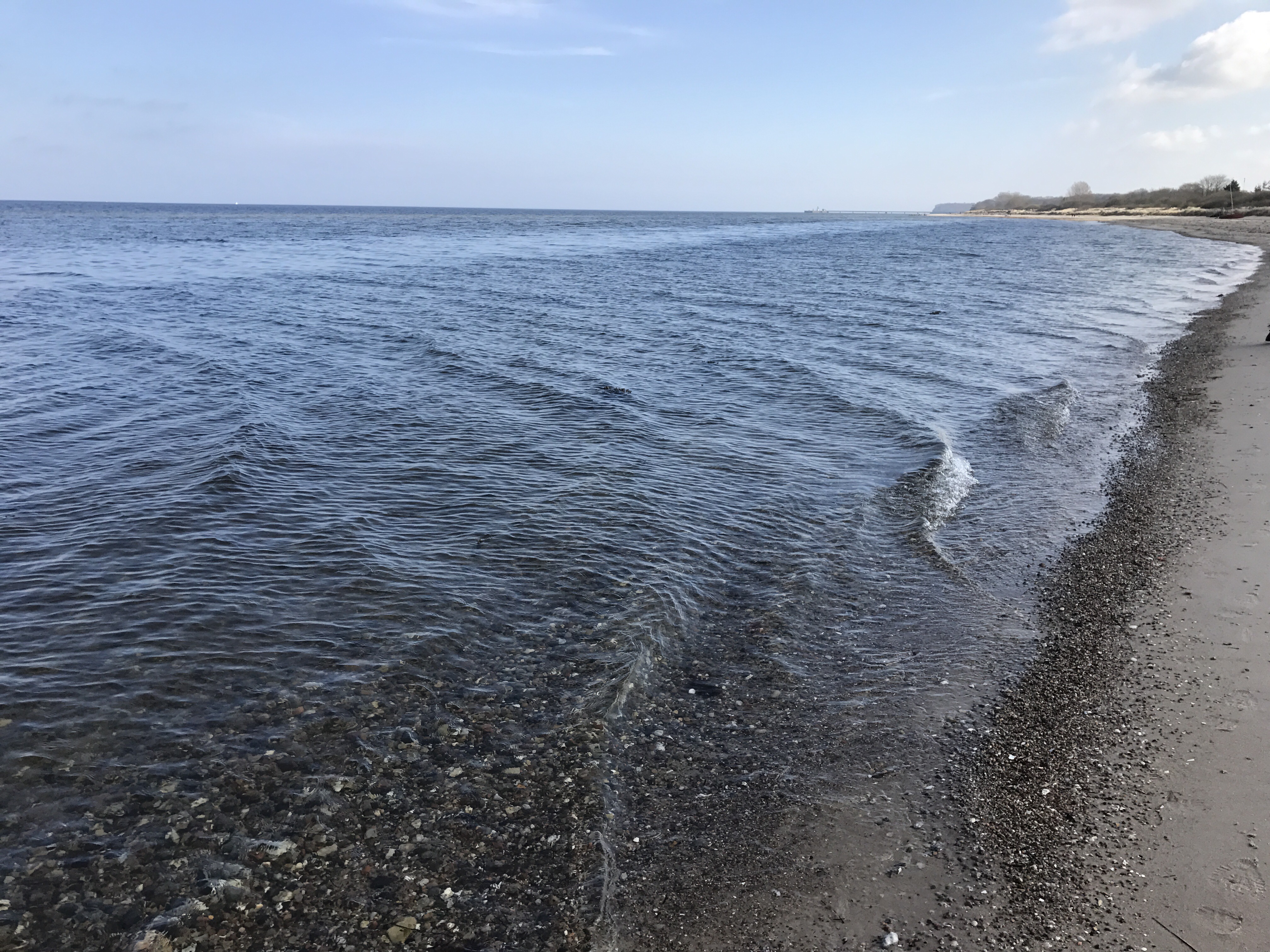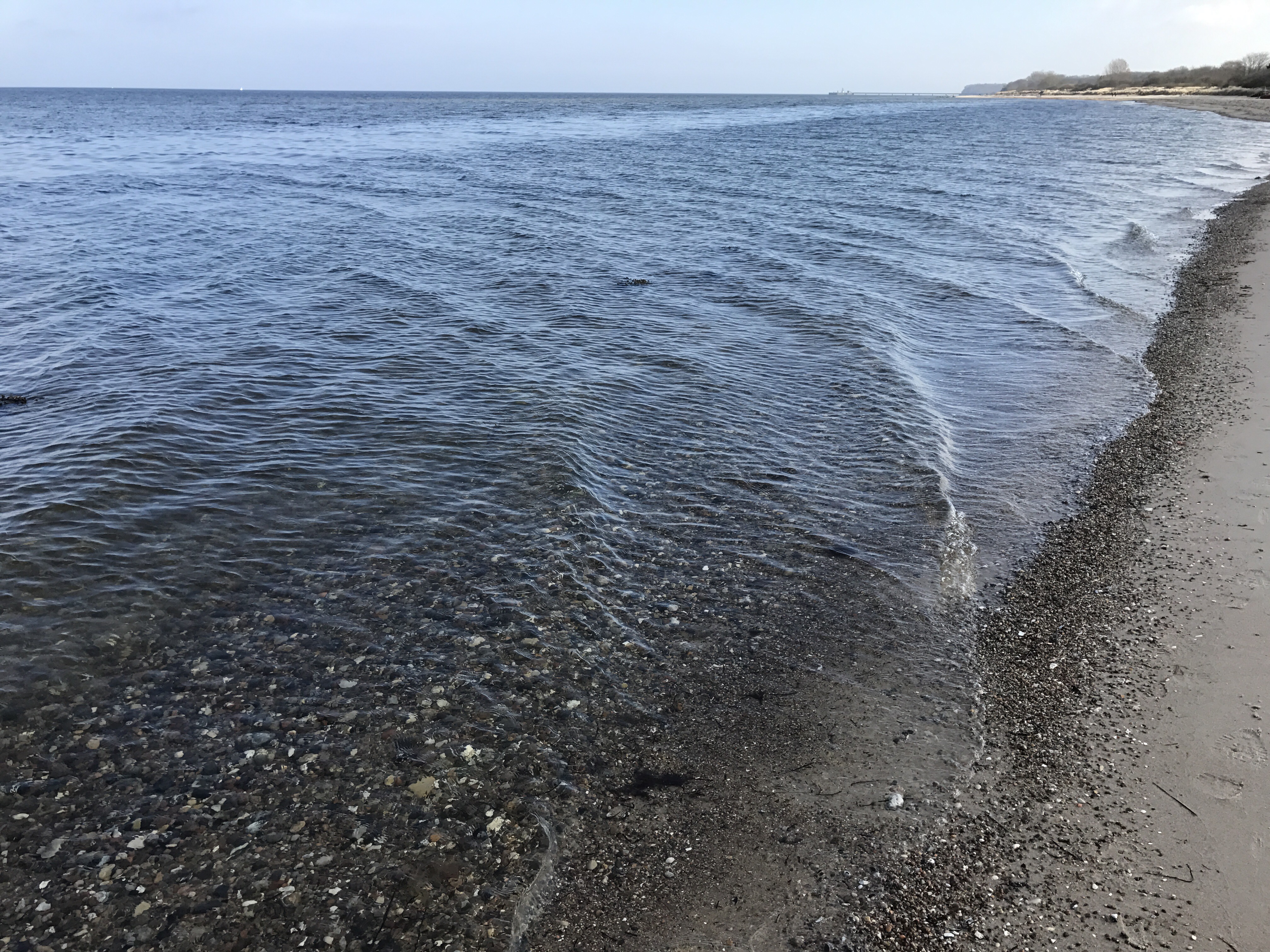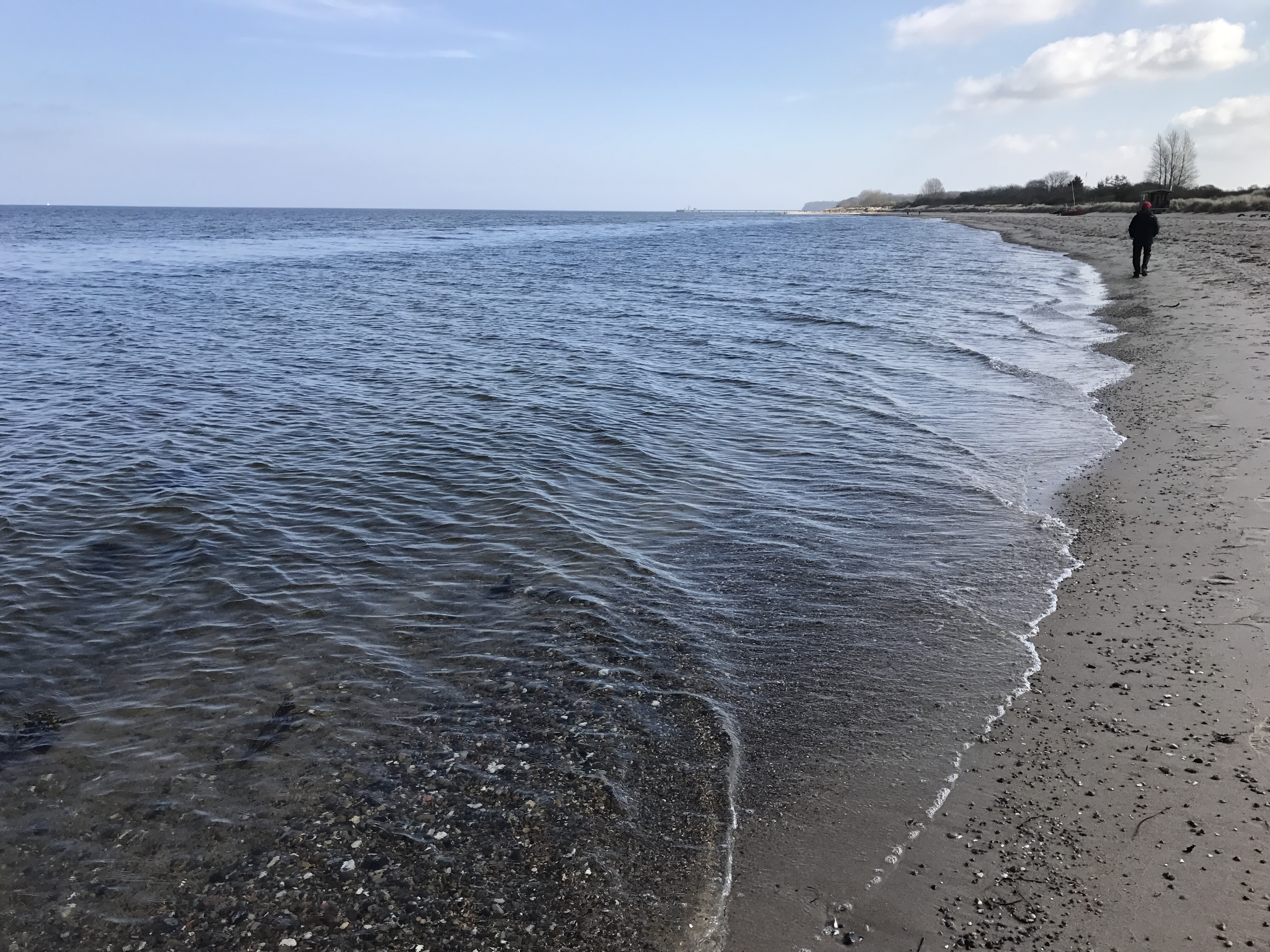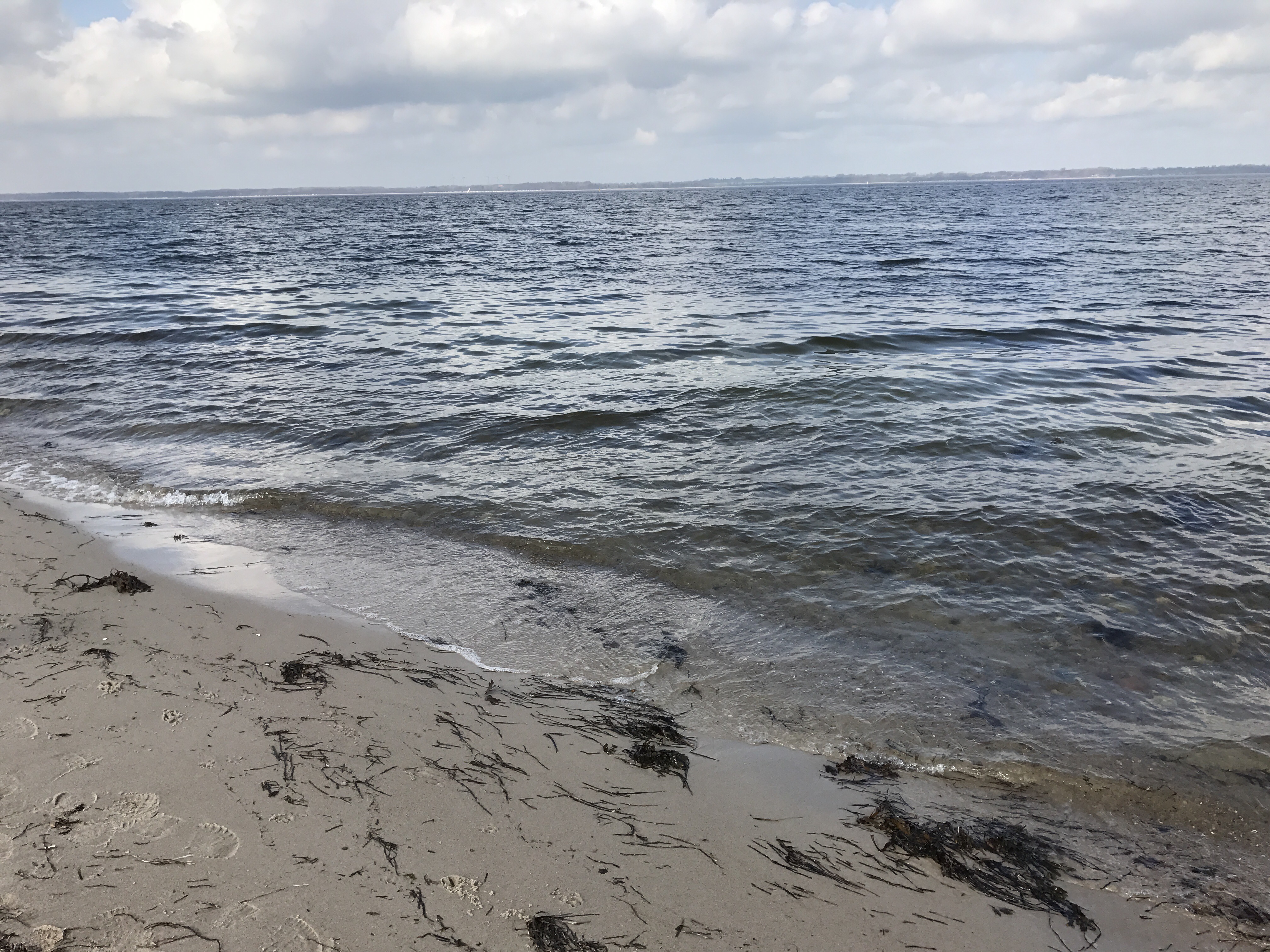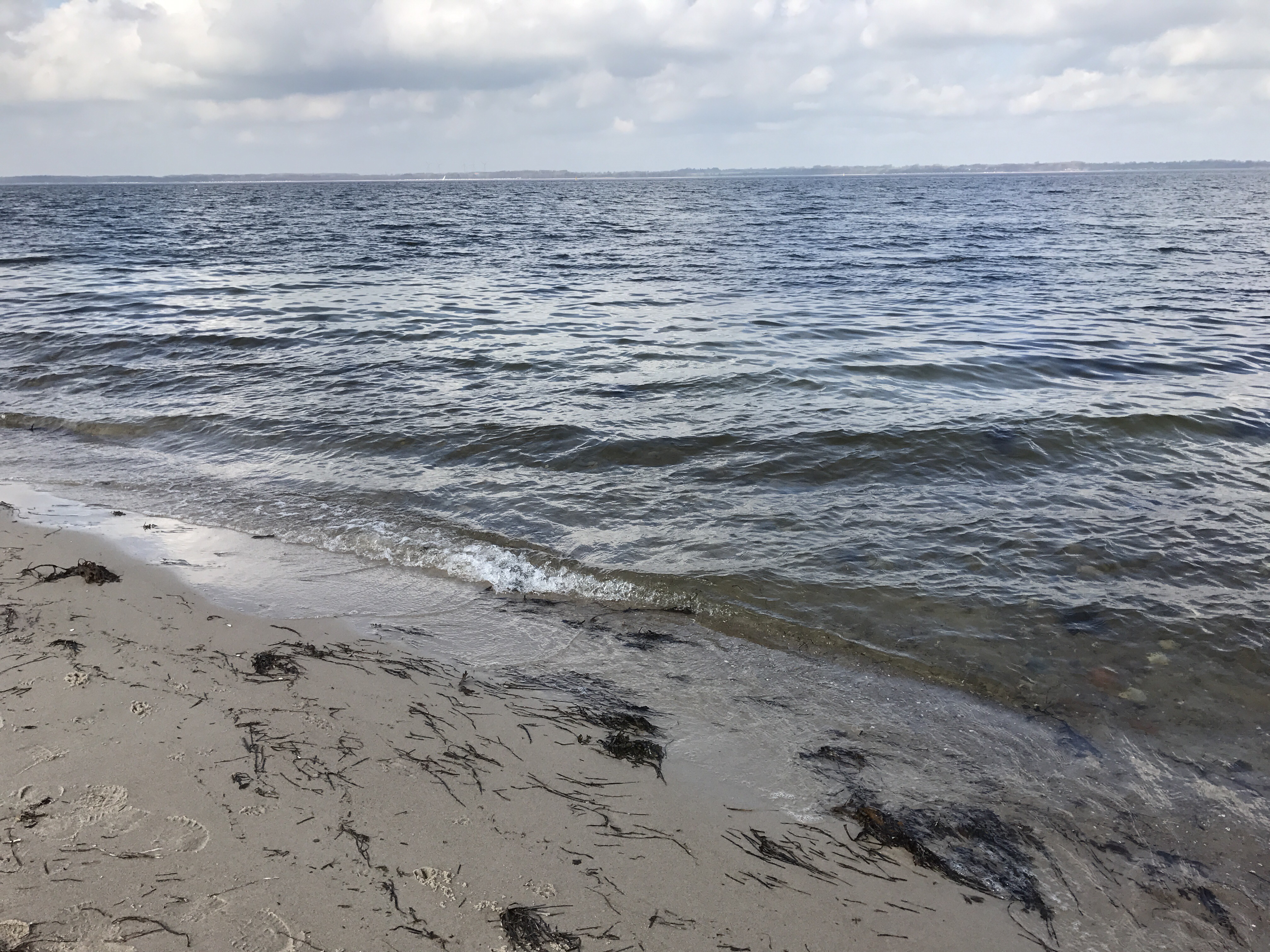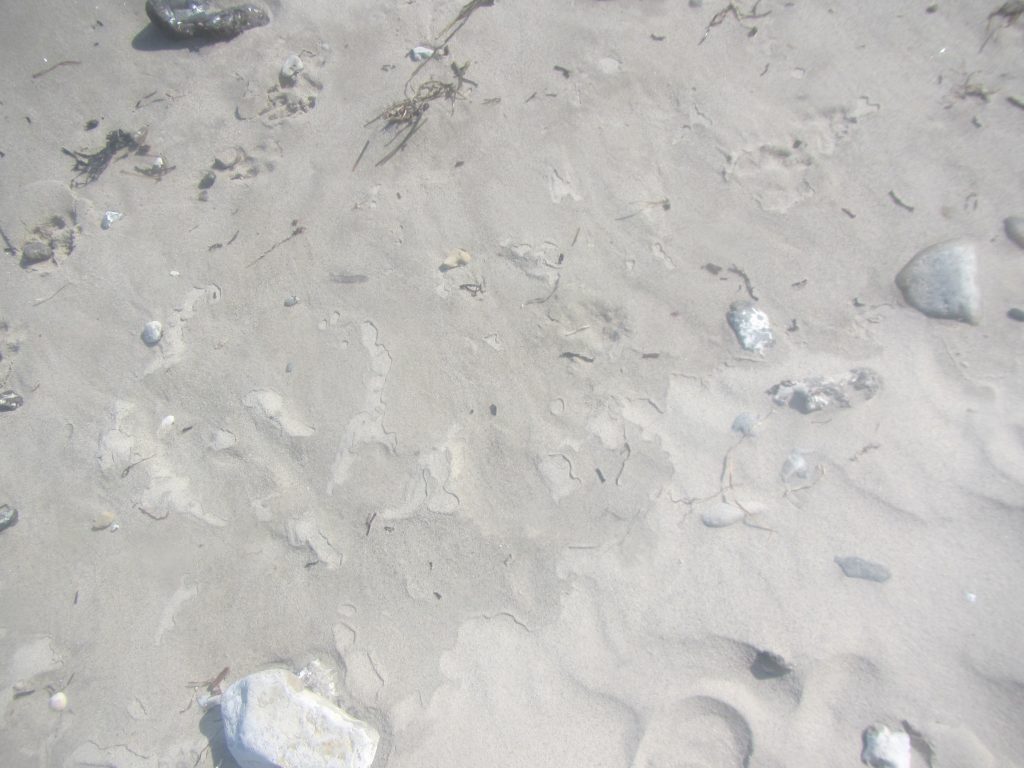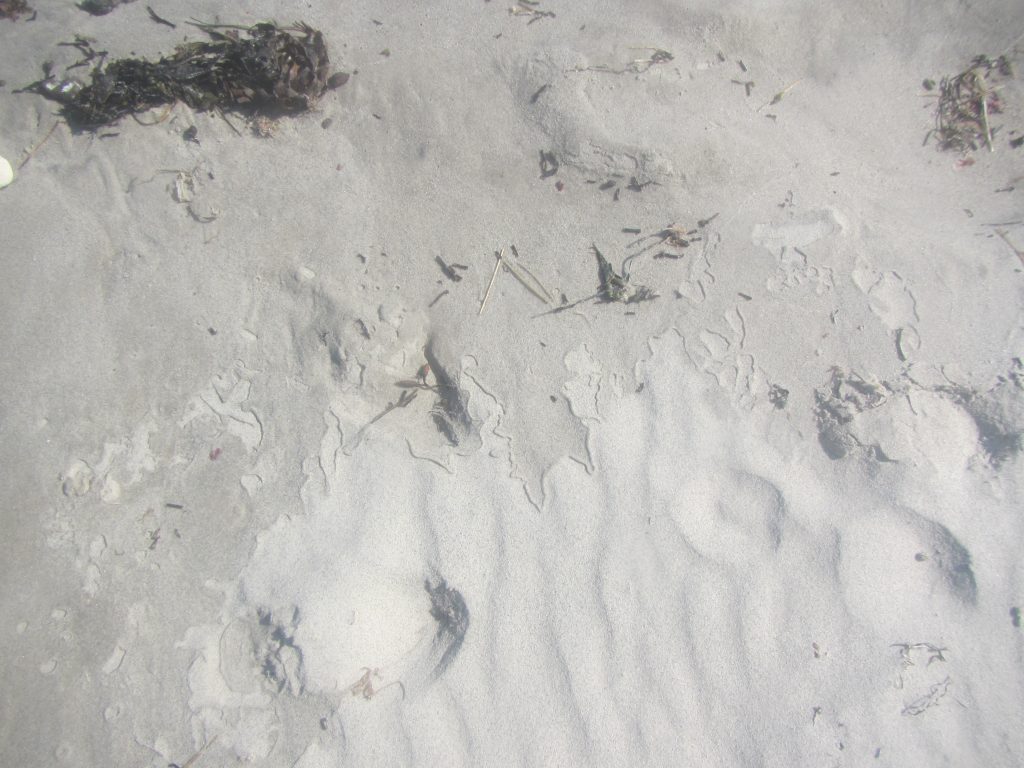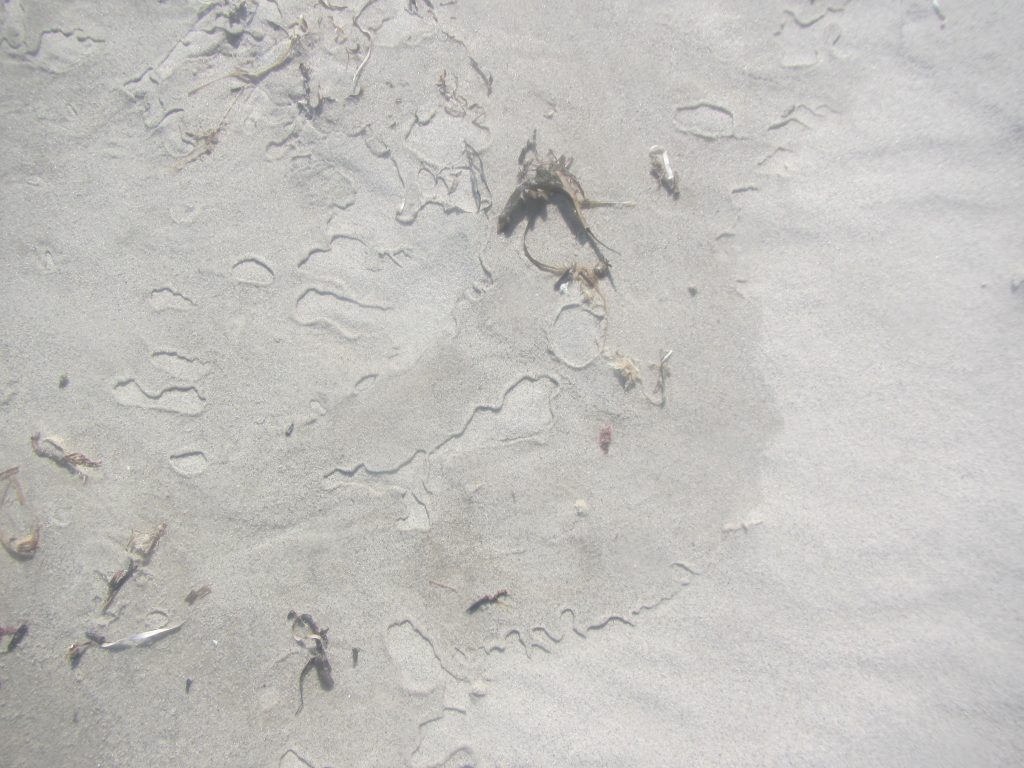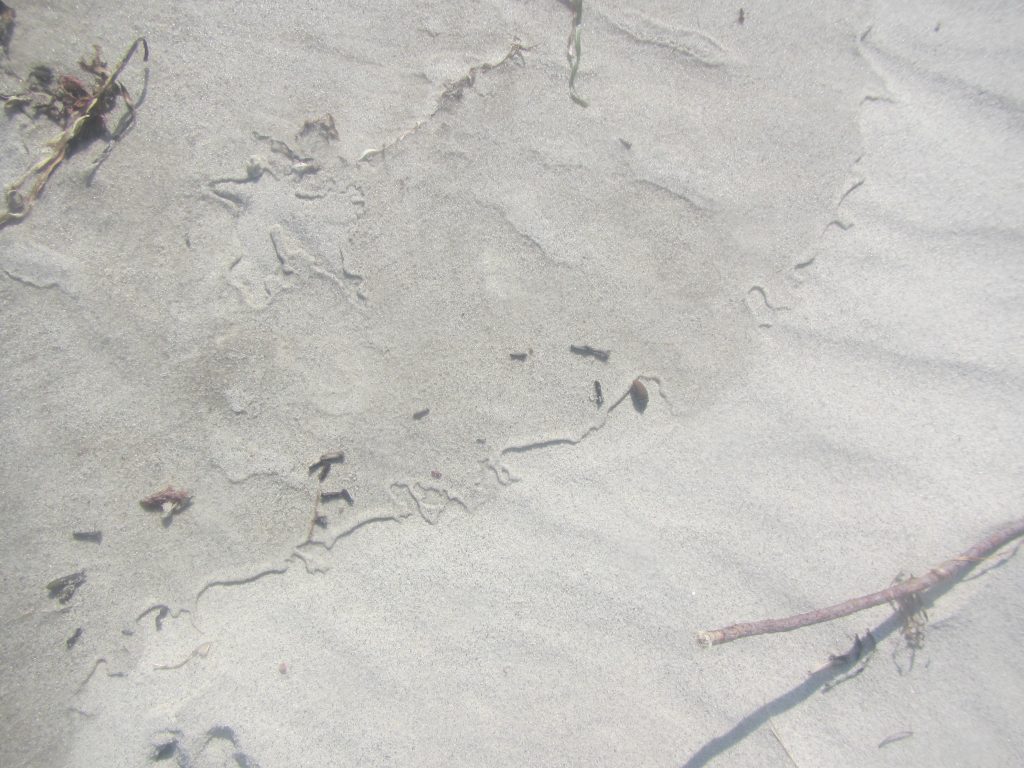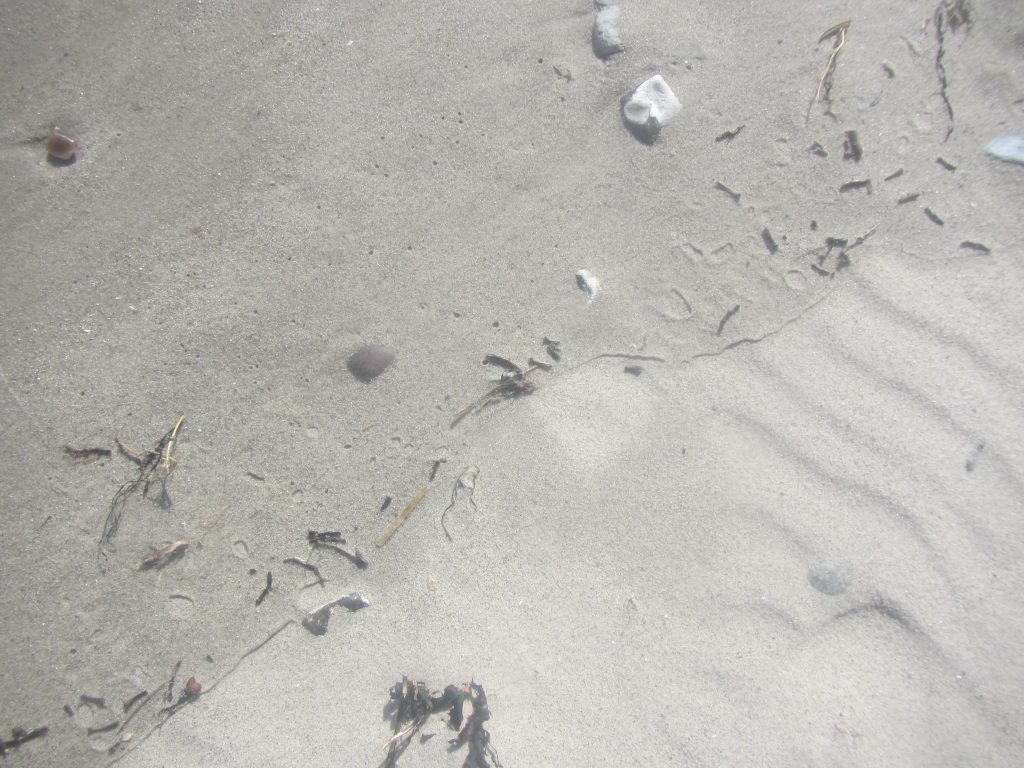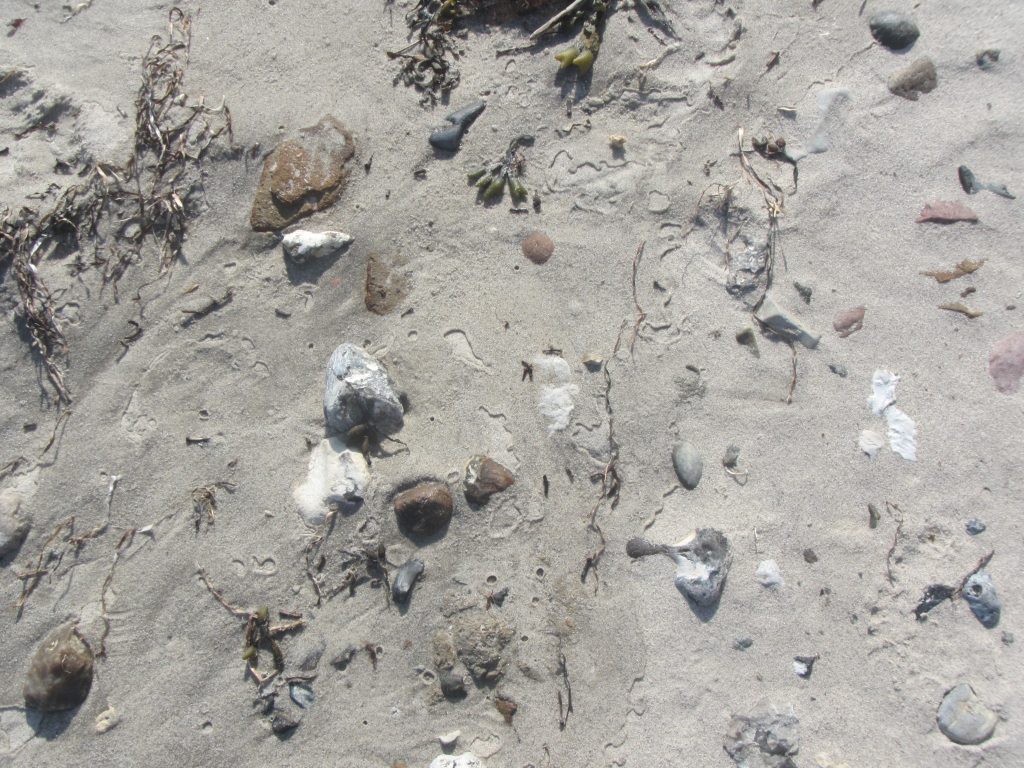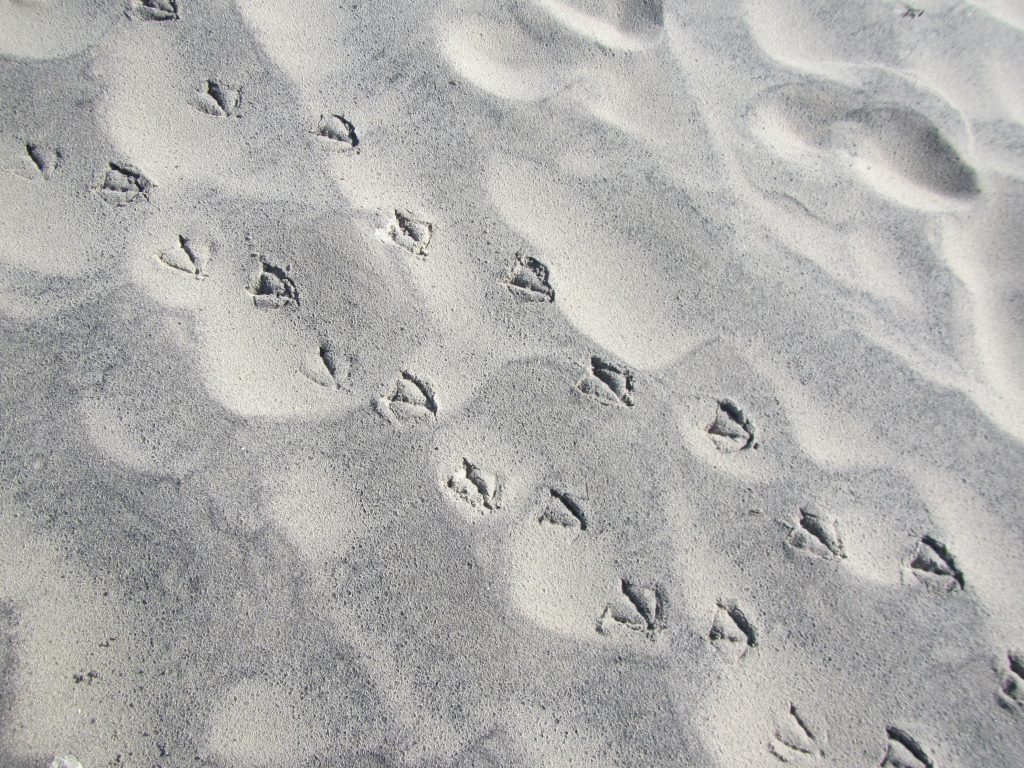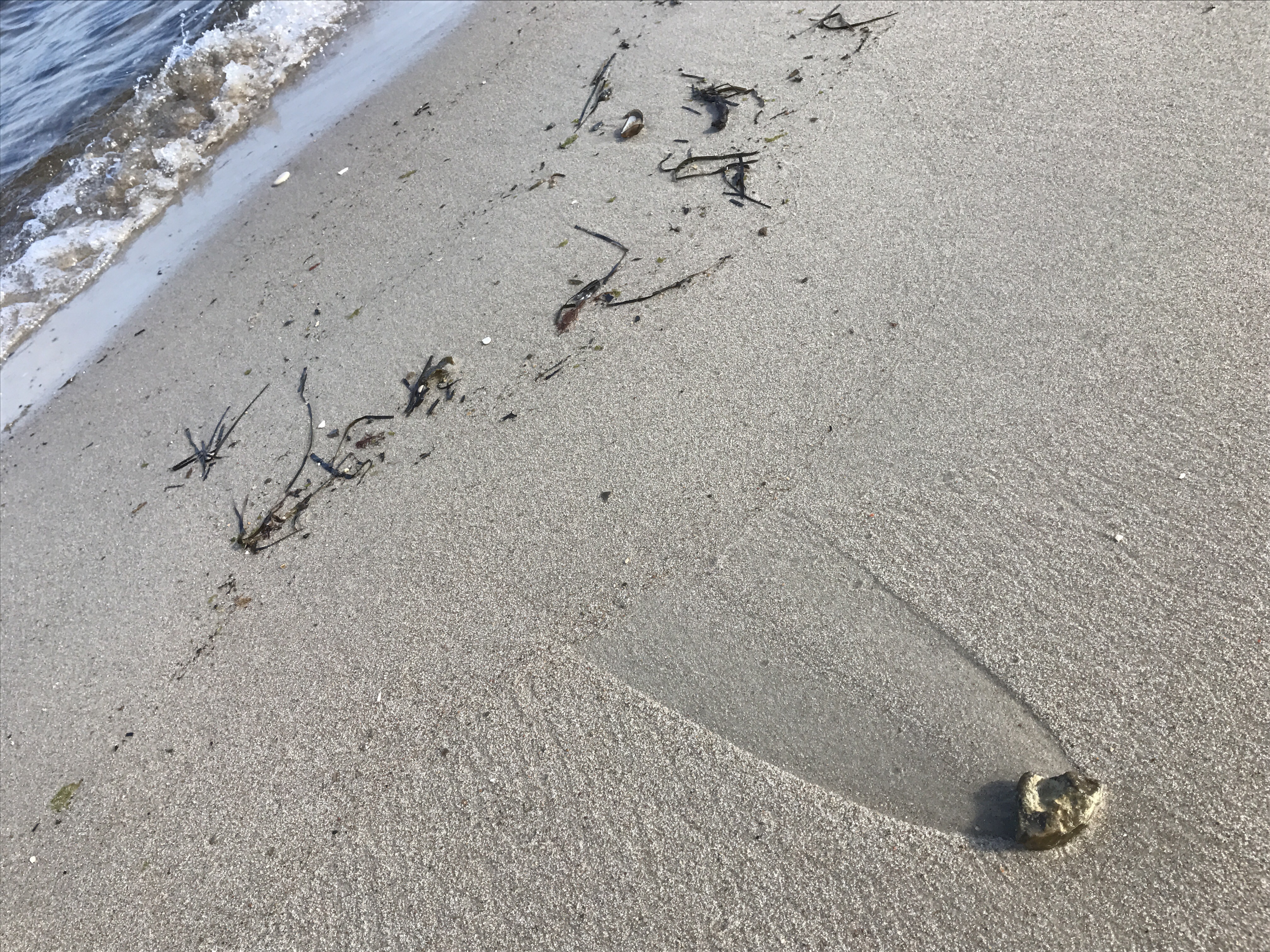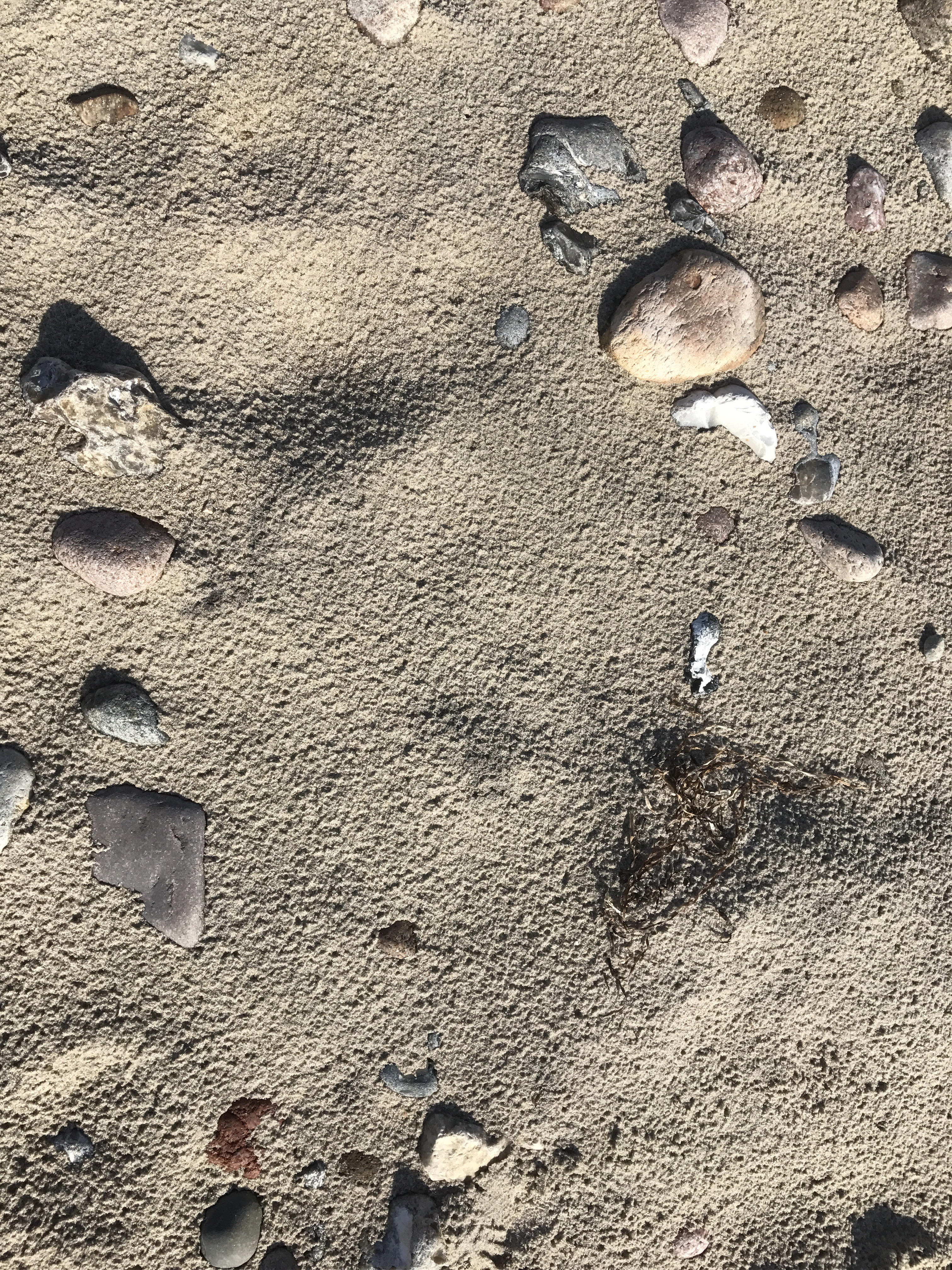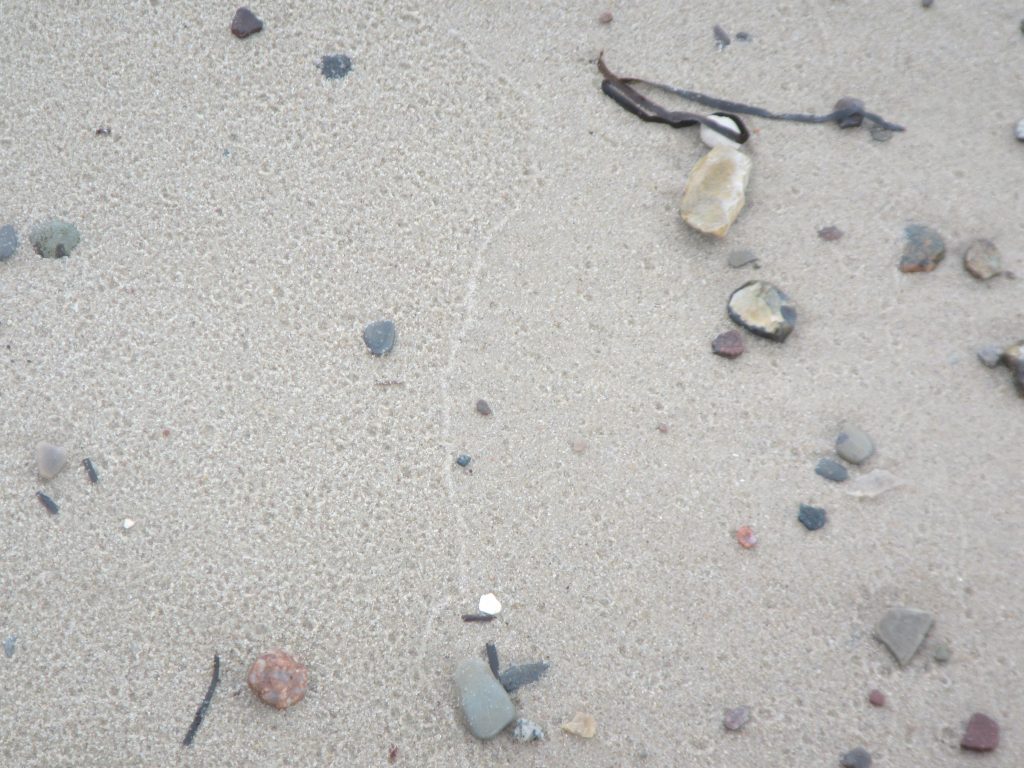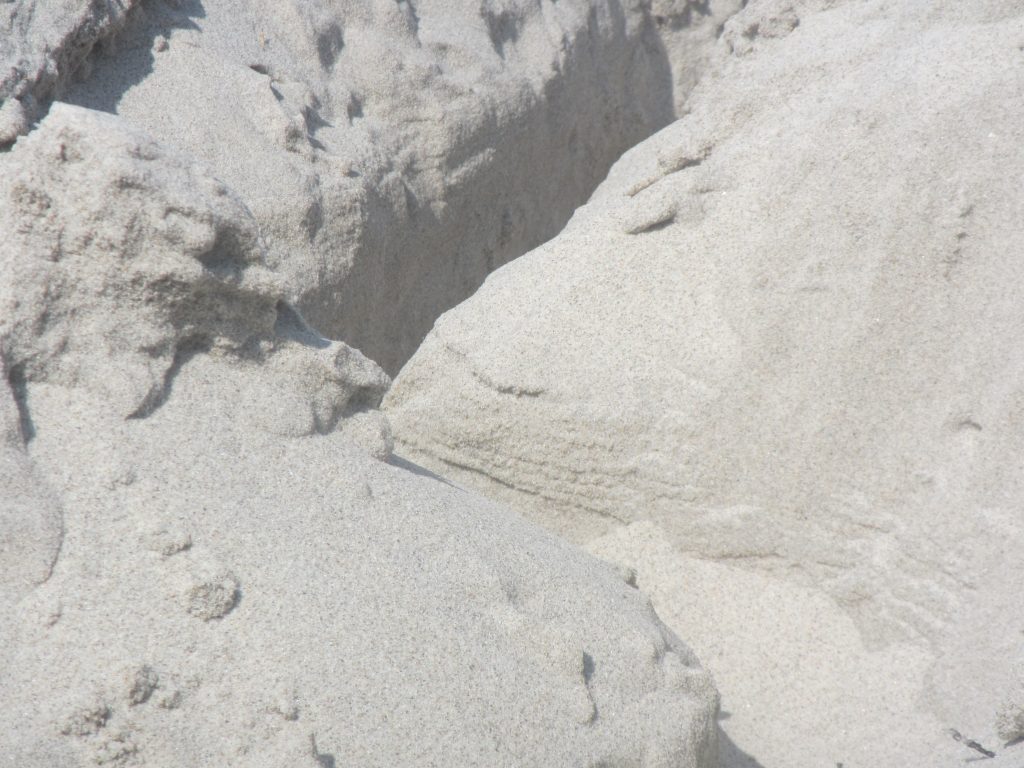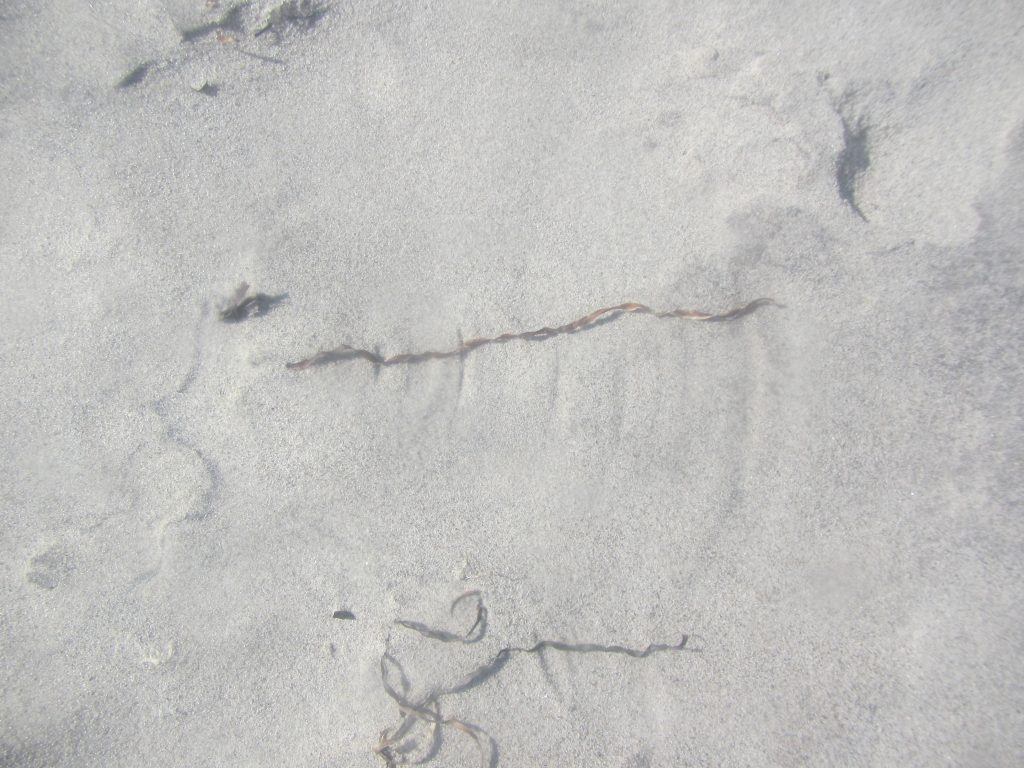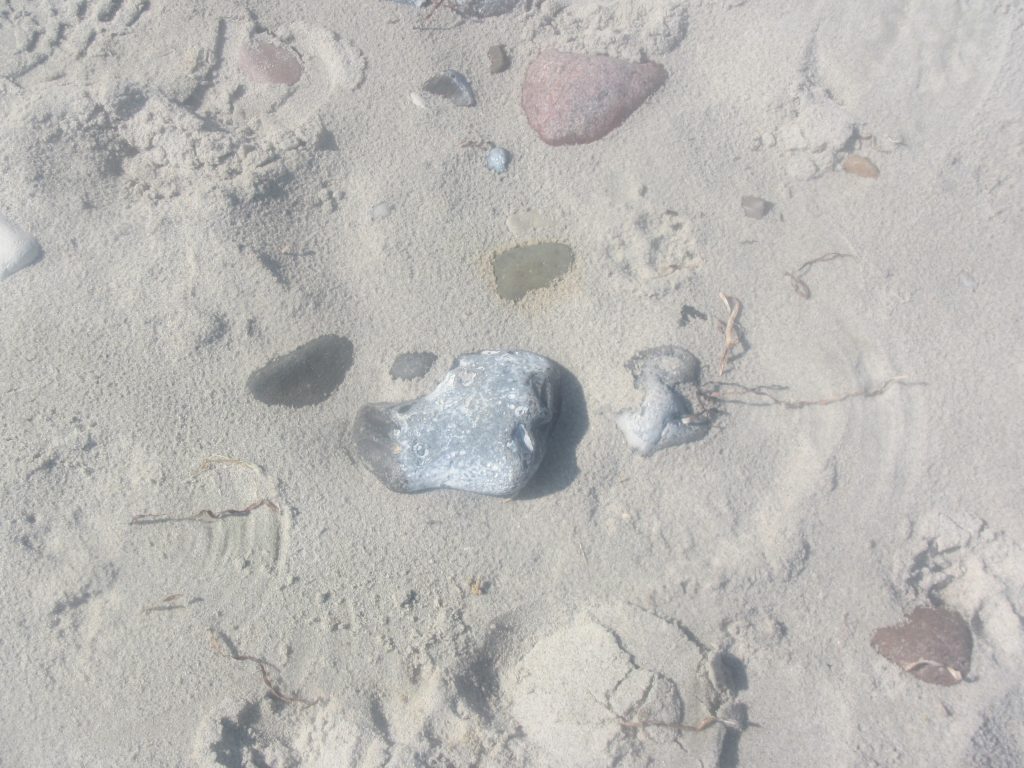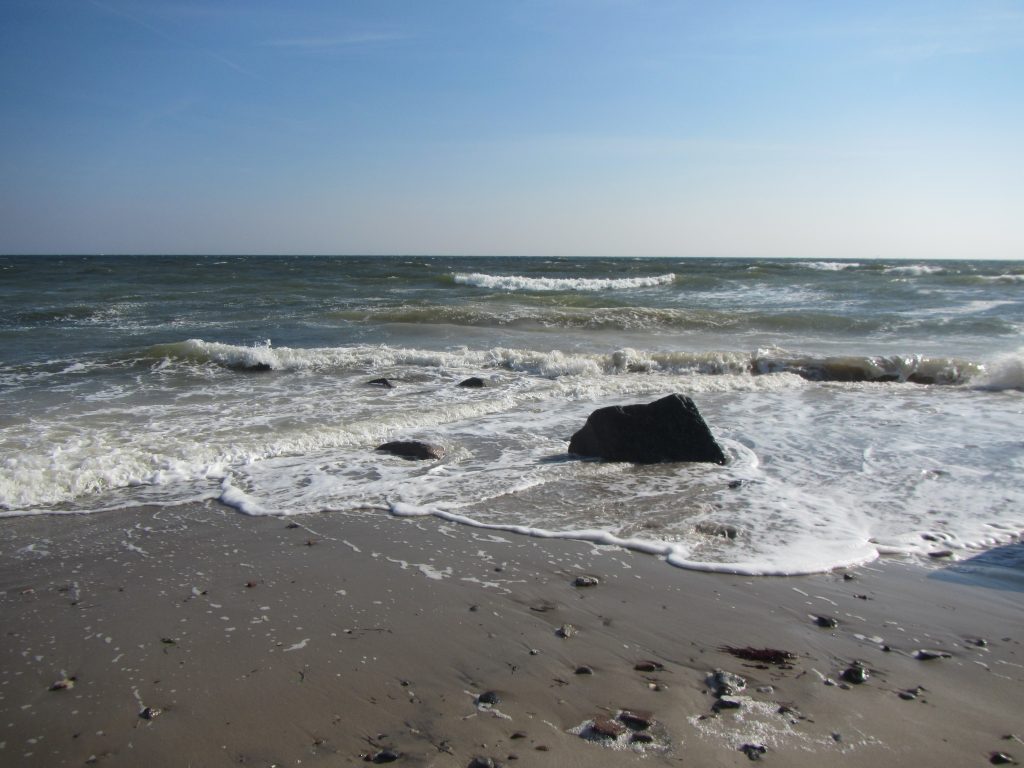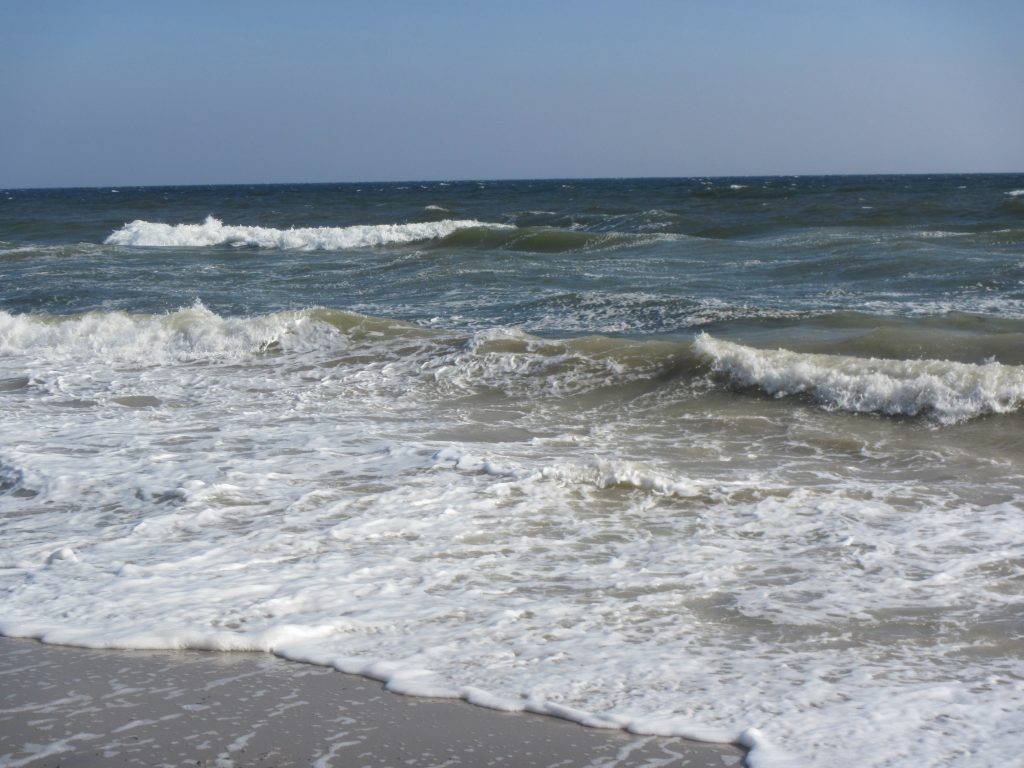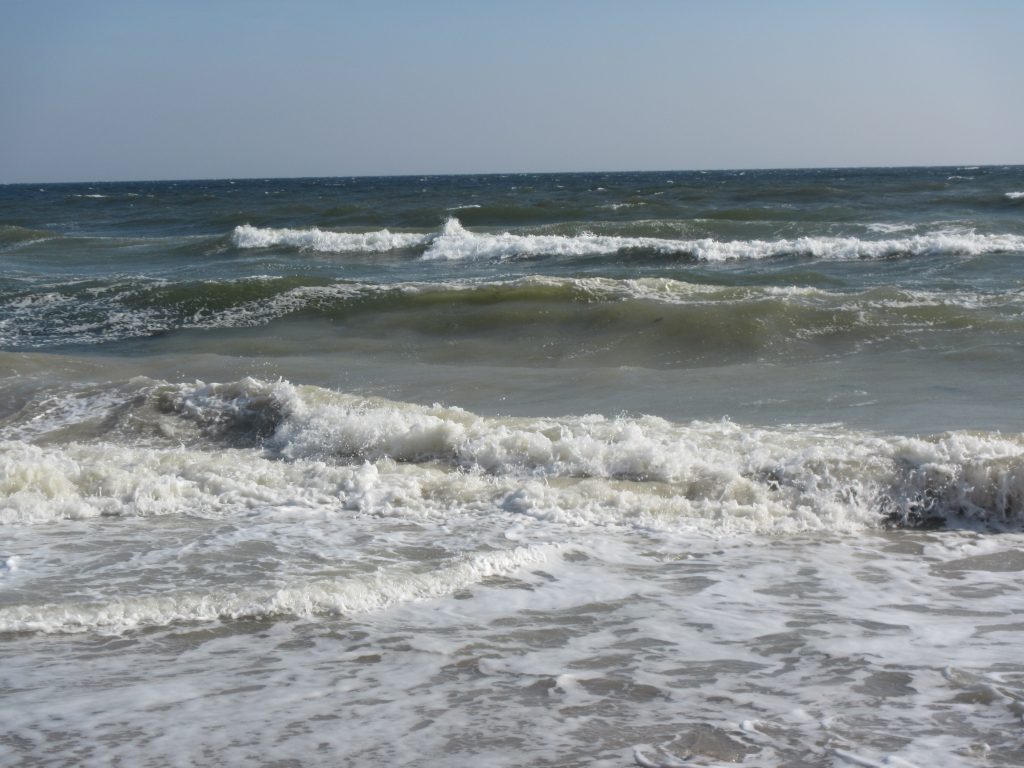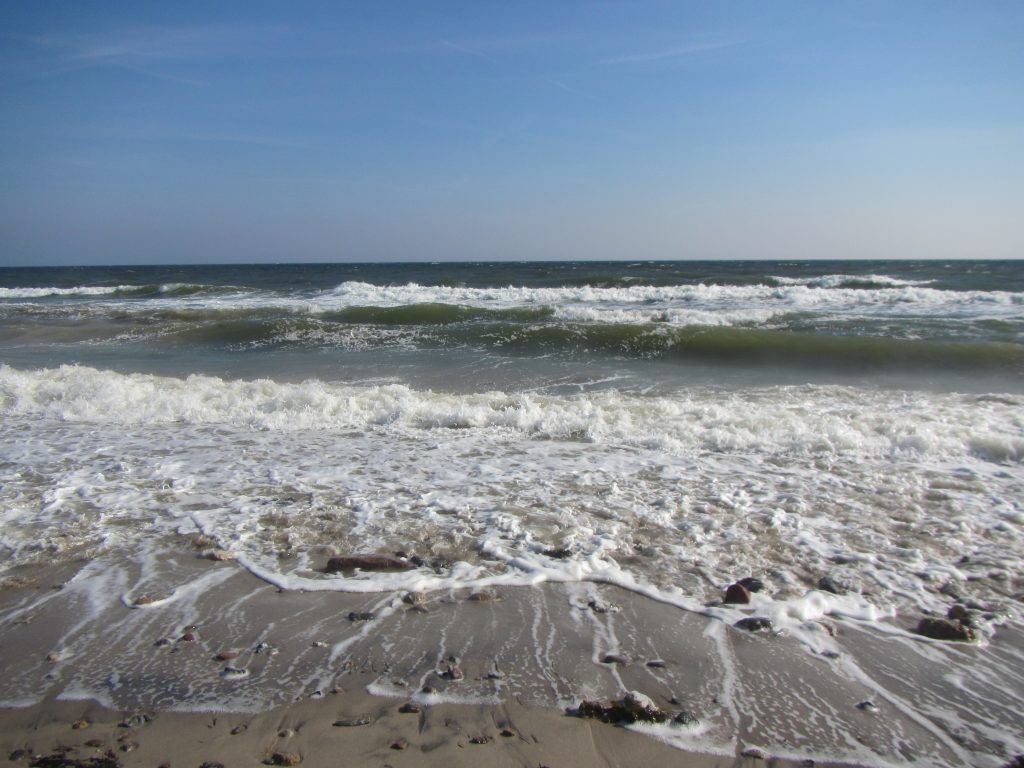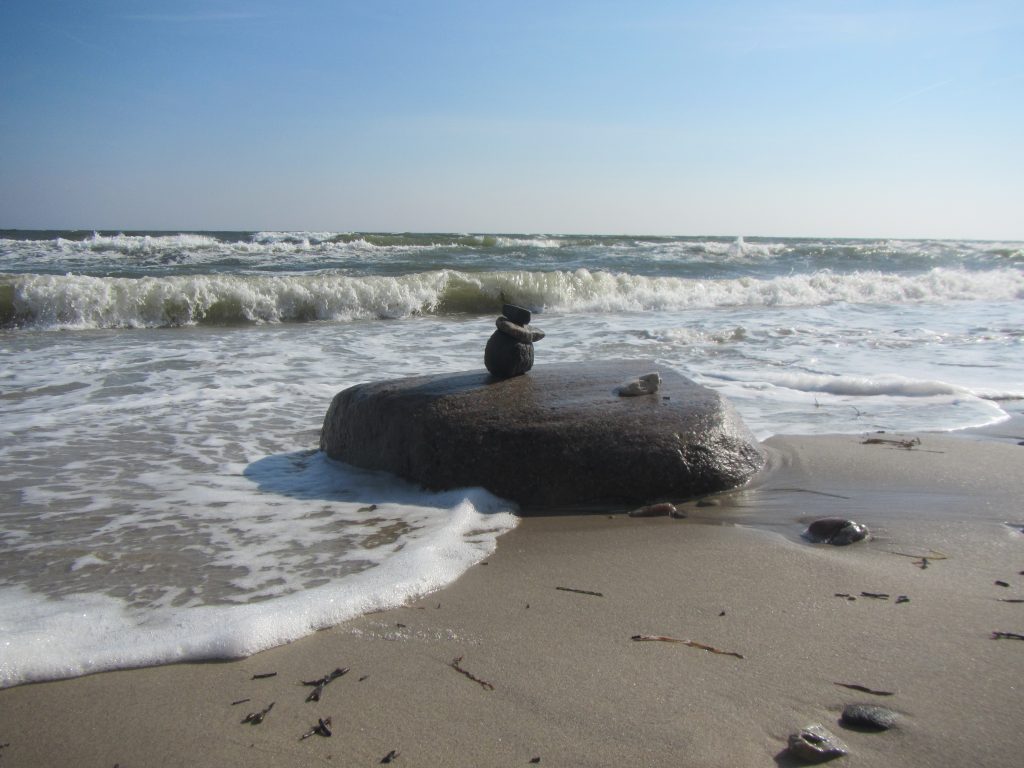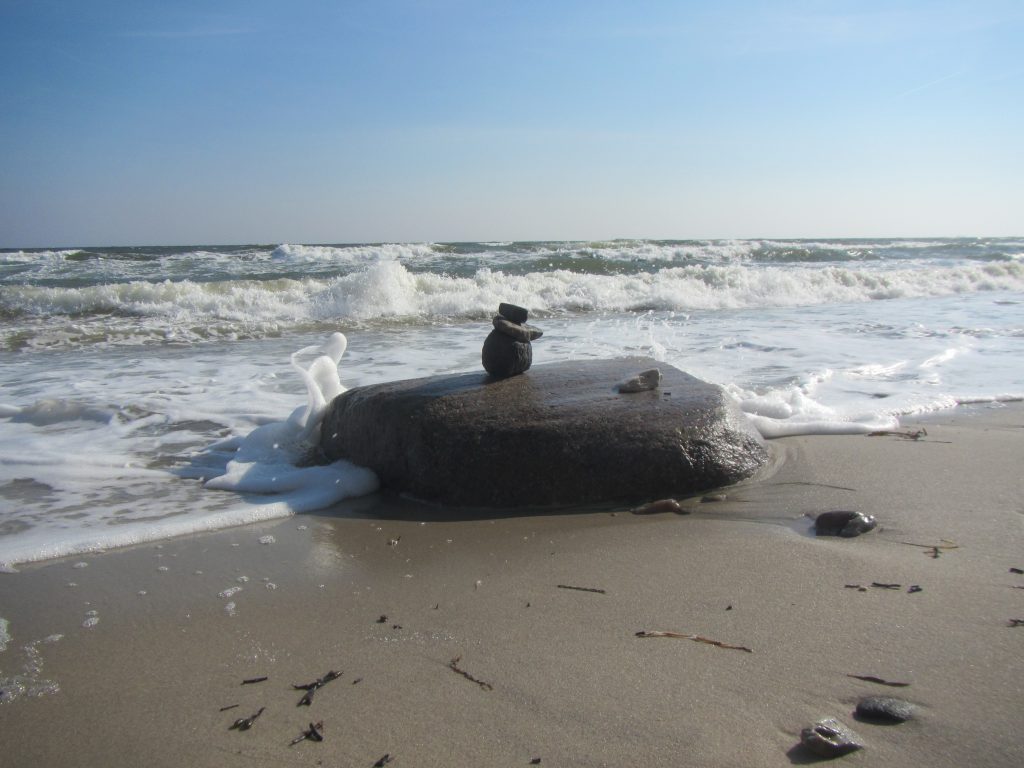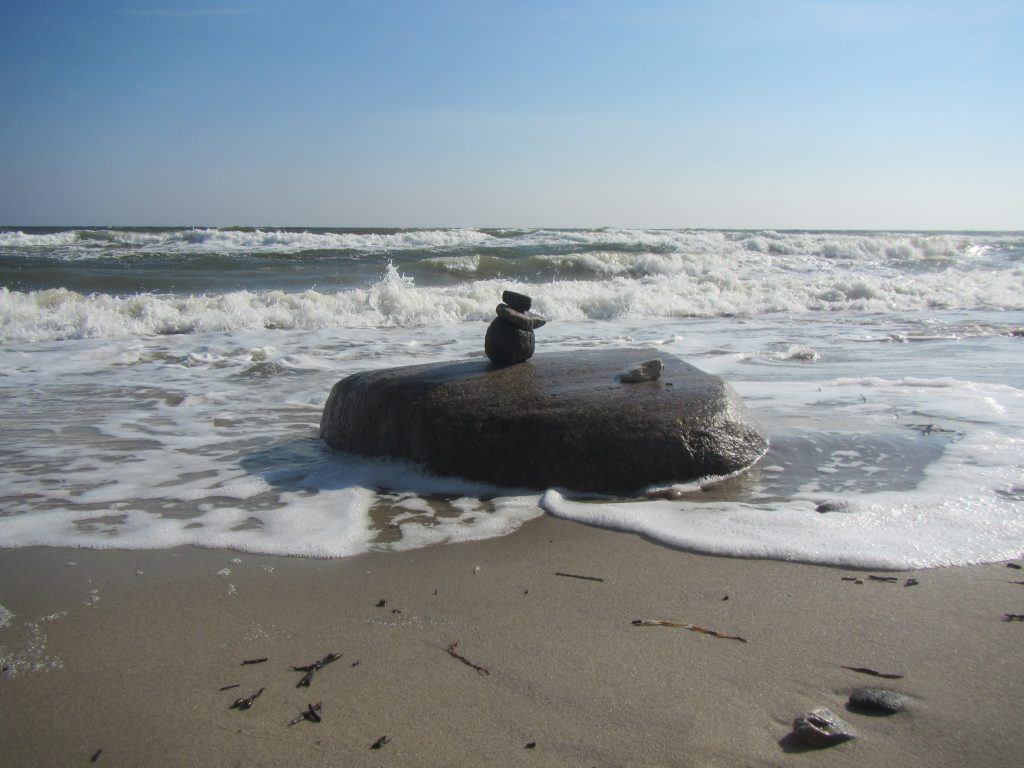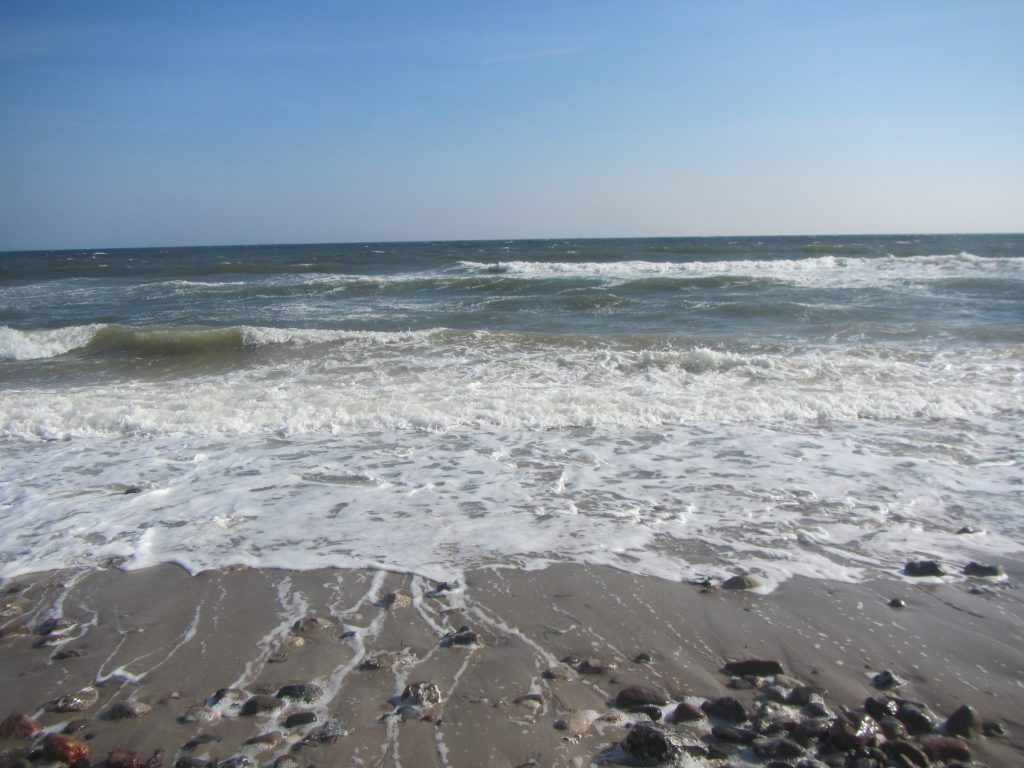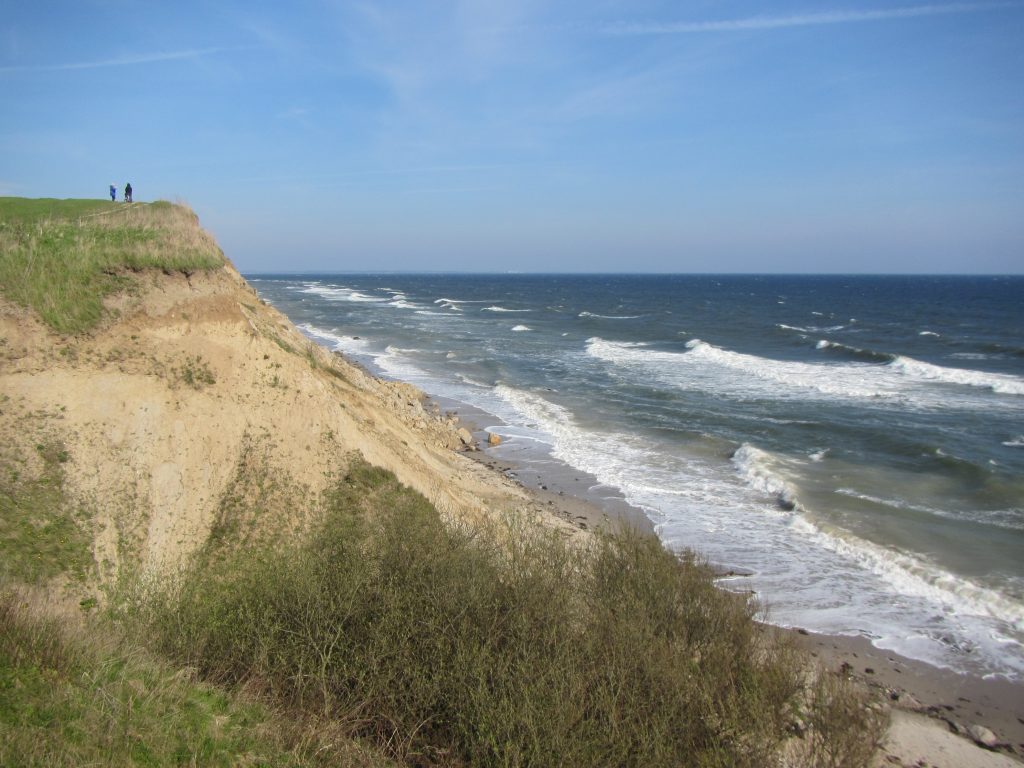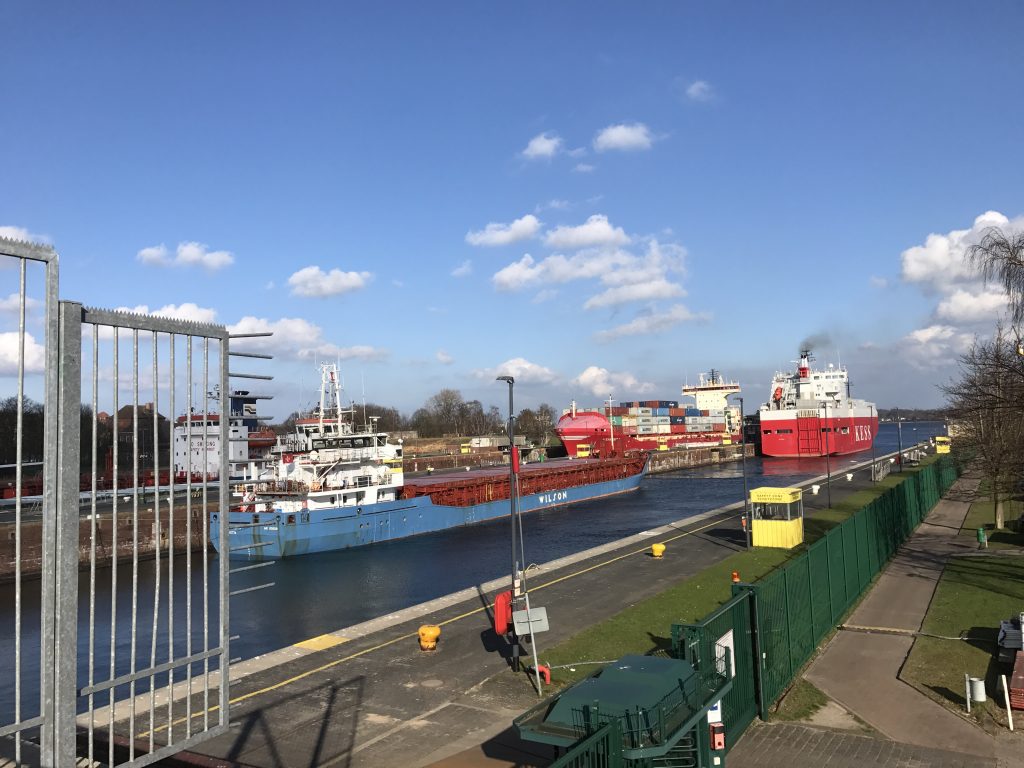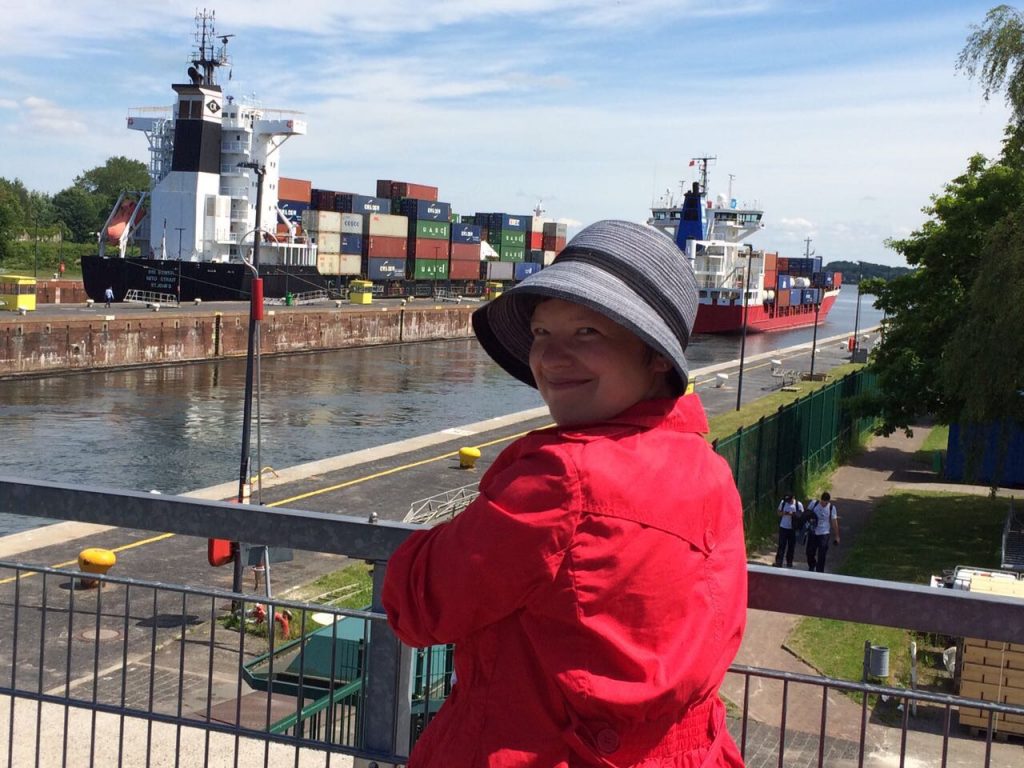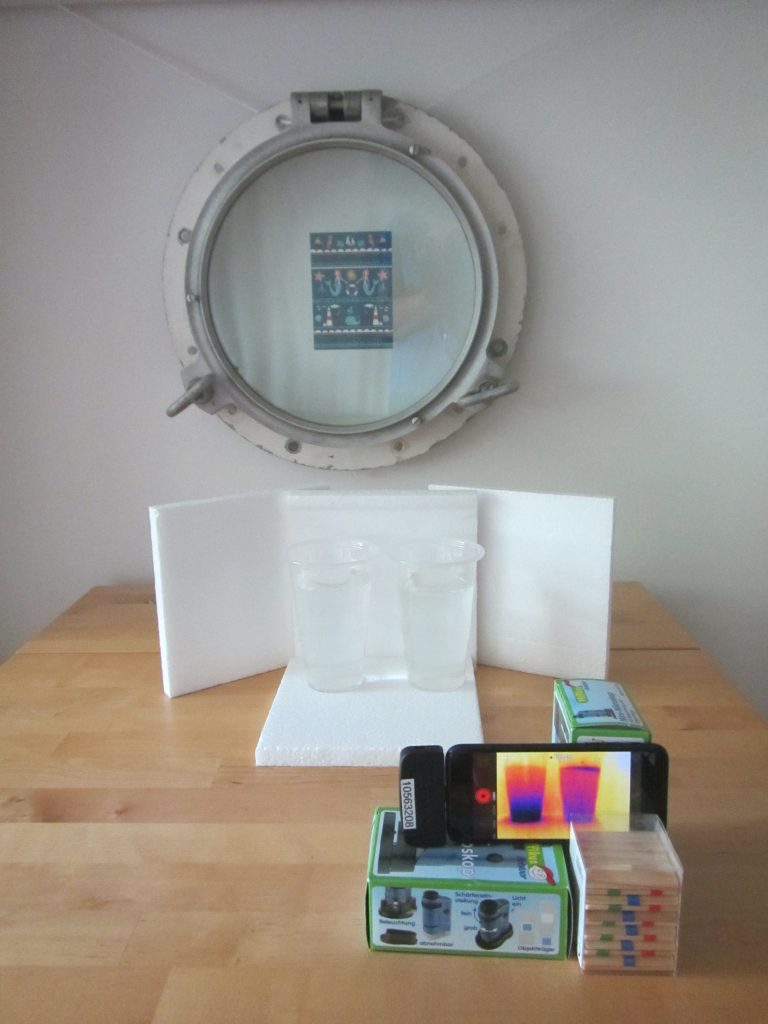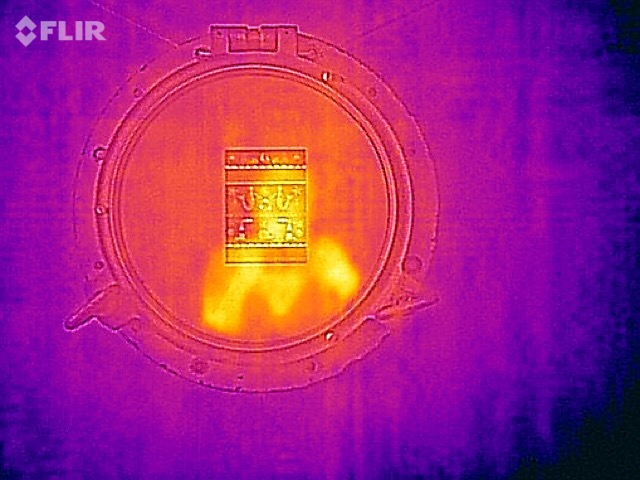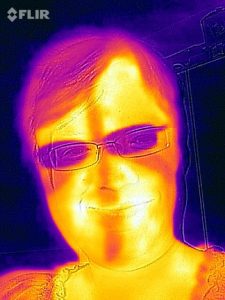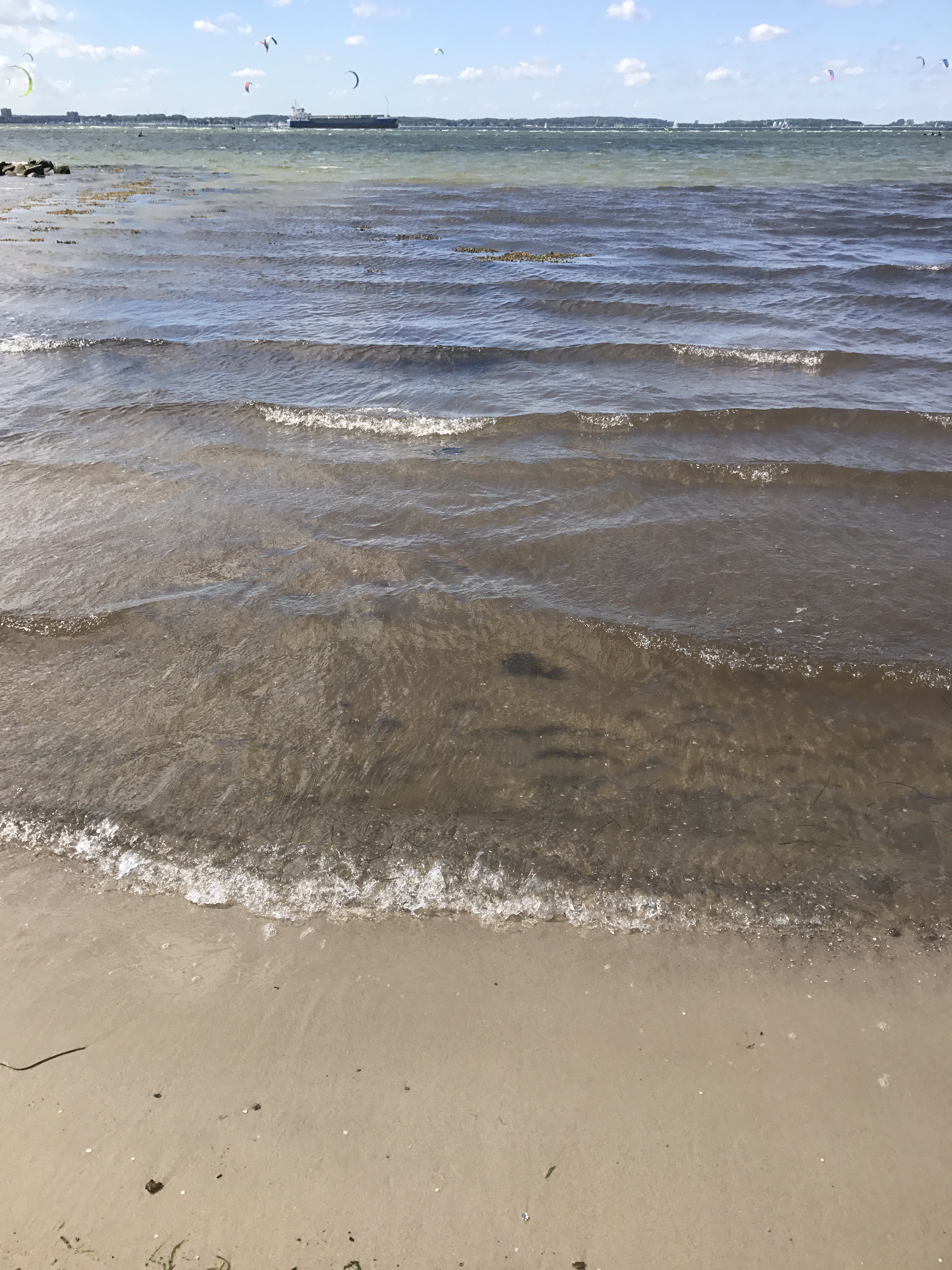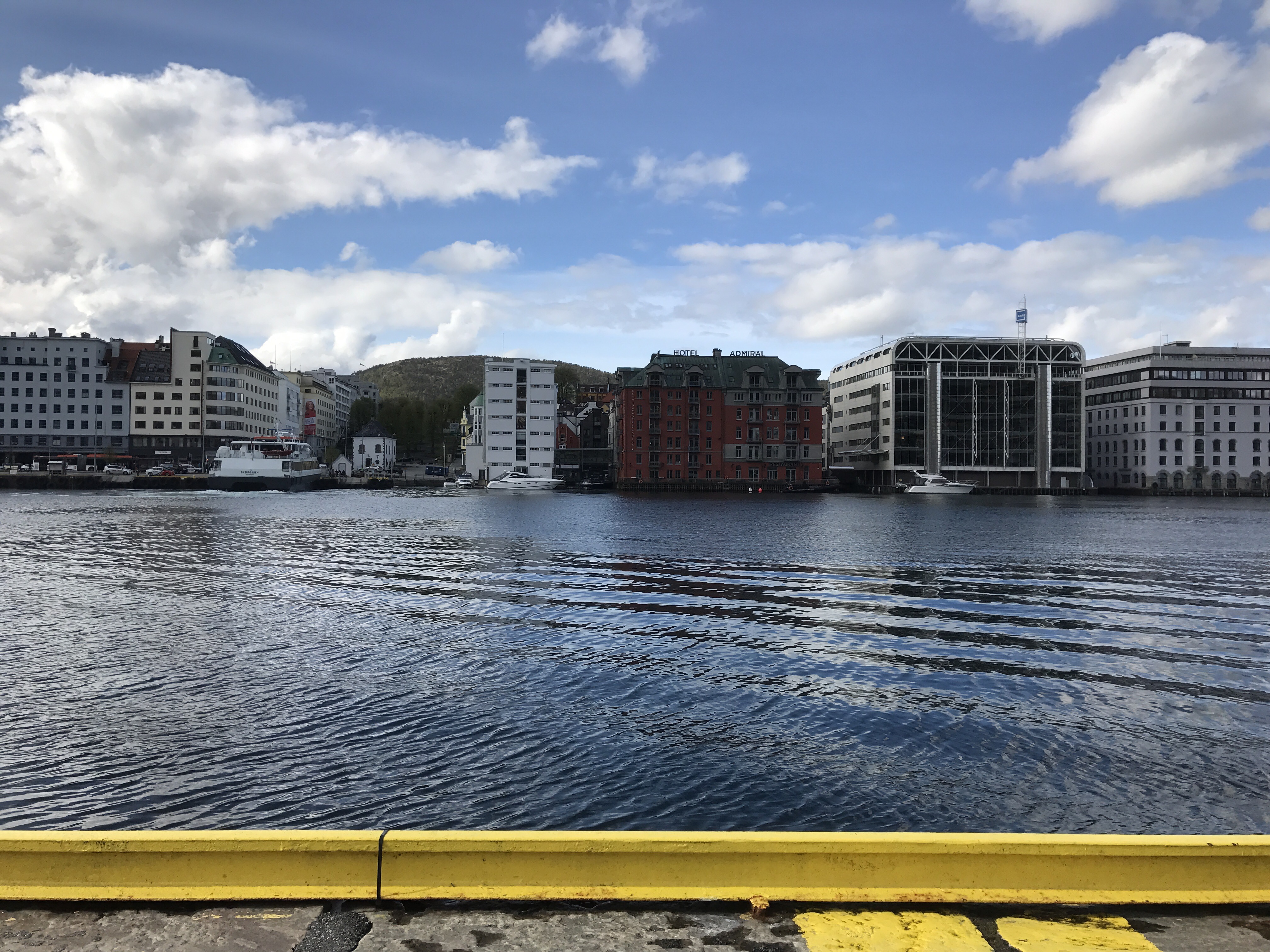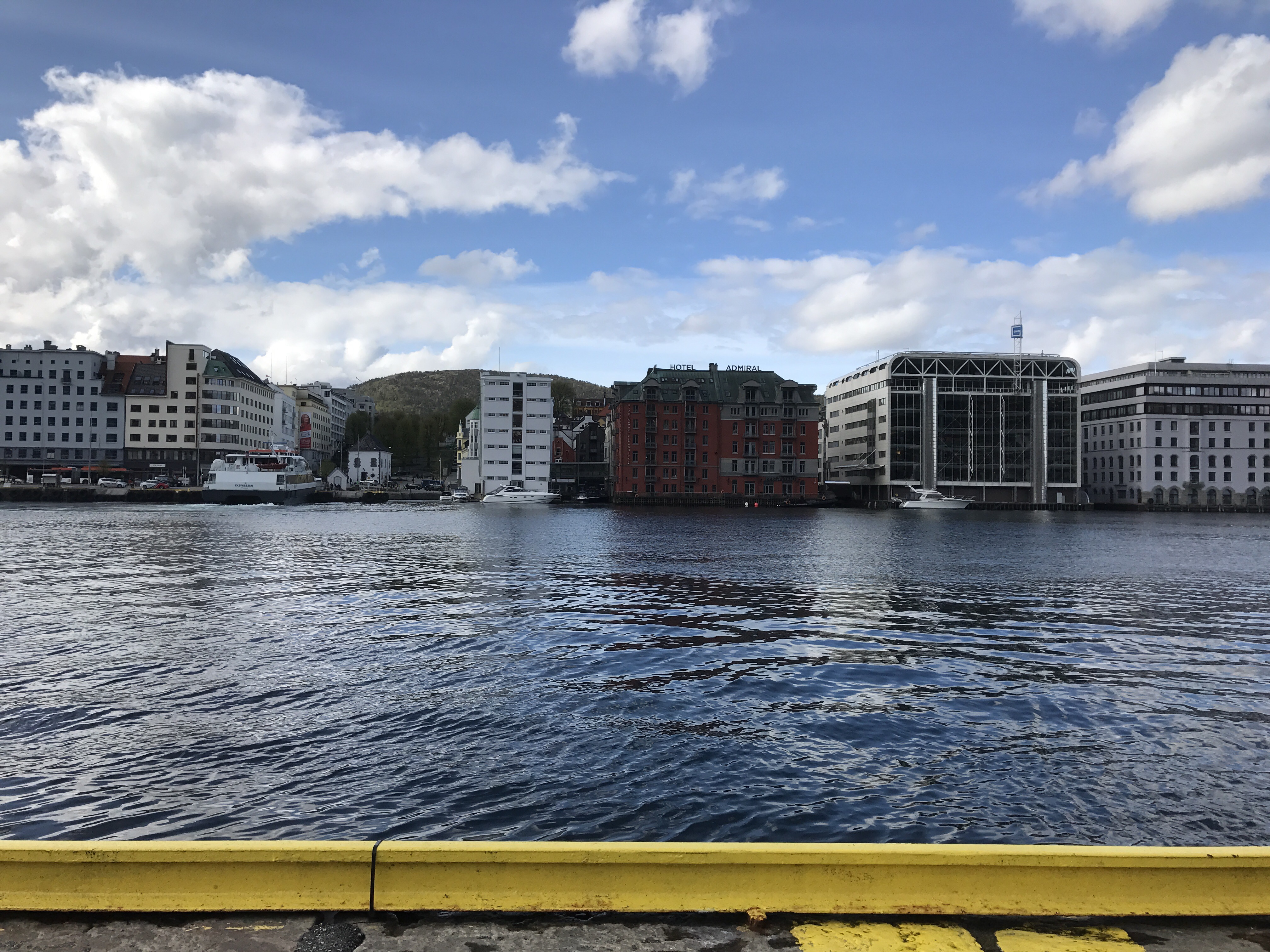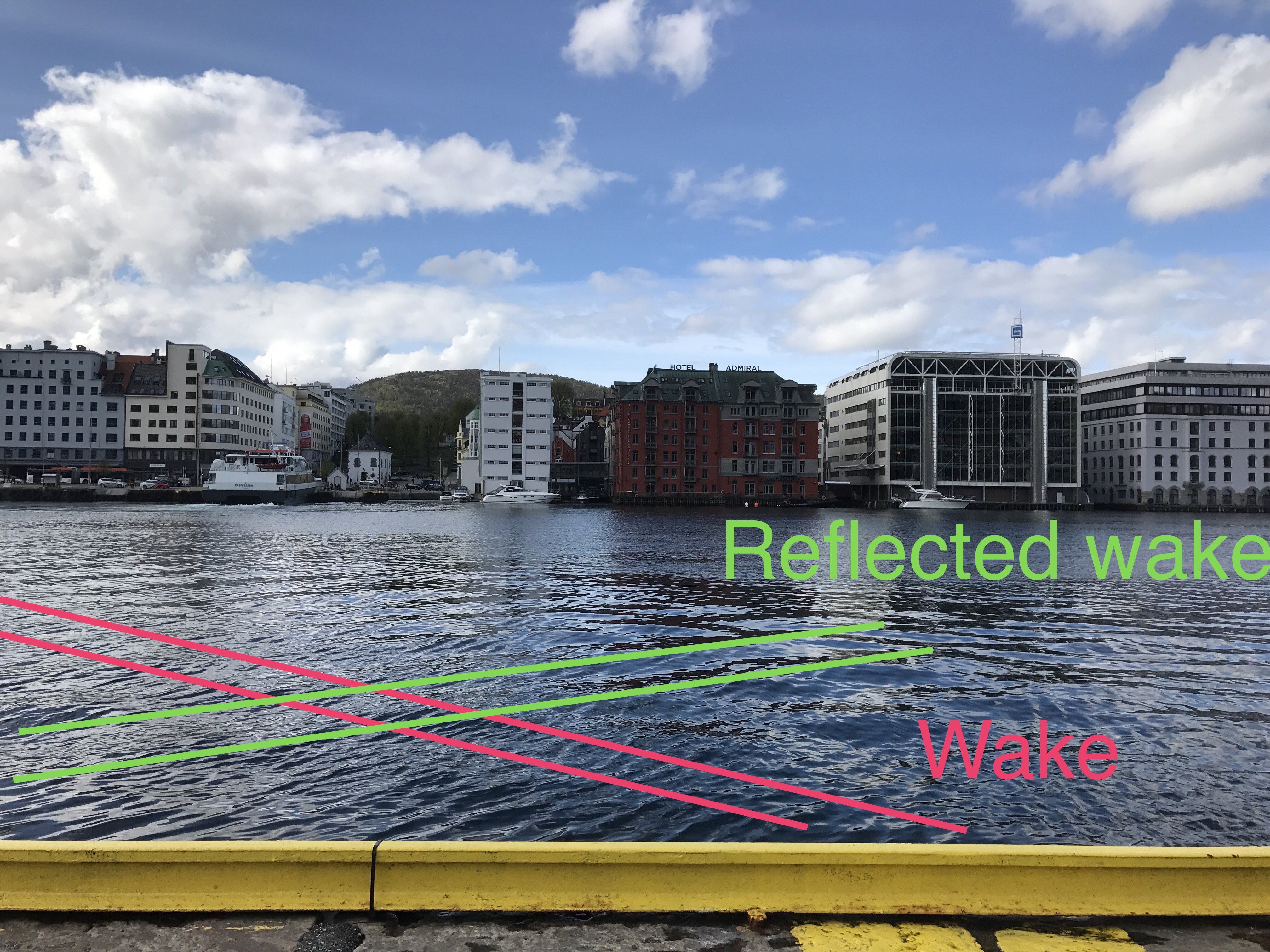Let me tell you the story of the picture below. I was walking along Kiel fjord with some friends and we saw this mama duck with all those tiny cute ducklings. We stopped and oooo’d and aaaaa’d and they were just so adorable!! But the after a while they swam on and we continued walking. But then there were people standing on the sea wall, obviously very worried about something. And then we saw it: a tiny duckling that had gotten separated from its family! It was struggling so hard to catch up with the rest, but they were swimming together while the little one was trying to climb over the rocks along the sea wall! The distance grew larger and larger. People started cursing mama duck for leaving the little one, or were pleading with her to come back for the poor baby. And then mama duck started heading out into the open fjord, where it was a lot more windy and wavy. How should the poor baby ever catch up? Eventually mama duck turned back. But she didn’t spot the baby! They all swam in the wrong direction away from the baby! It was dramatic. The crowd on the promenade was agitated. People were heading towards the ladders to climb down and rescue the baby! Then, finally, mama duck and all the siblings came back. Baby duck sprinted back to its family and finally everybody was reunited. Phew! The crowd wasn’t quiet ready to leave, not quite trusting mama duck that she wouldn’t abandon baby duck again. But then we decided that we had seen the happy ending, the scar hadn’t hurt for 20 years and all was well.
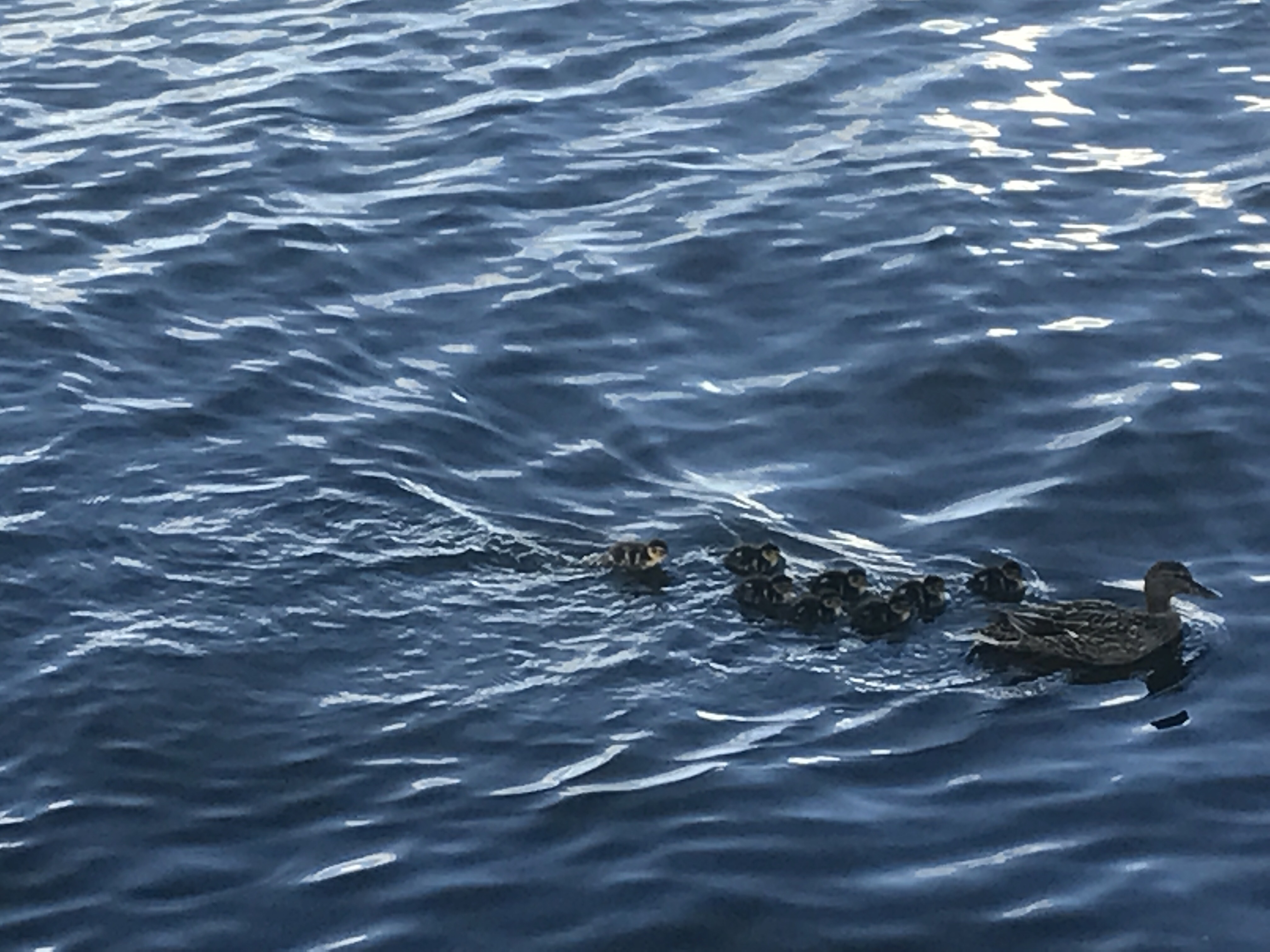
The reason I am telling you this story? Because I am still fascinated by wakes of ducks. And I saw really beautiful ones this morning:

The structure inside of the legs of the V is clearly visible.

And what’s even better: you can see the pattern on the sea floor, too!

The more I observe waves, the better I get at noticing details that were probably always there but that never stood out to me as clearly as they do now.
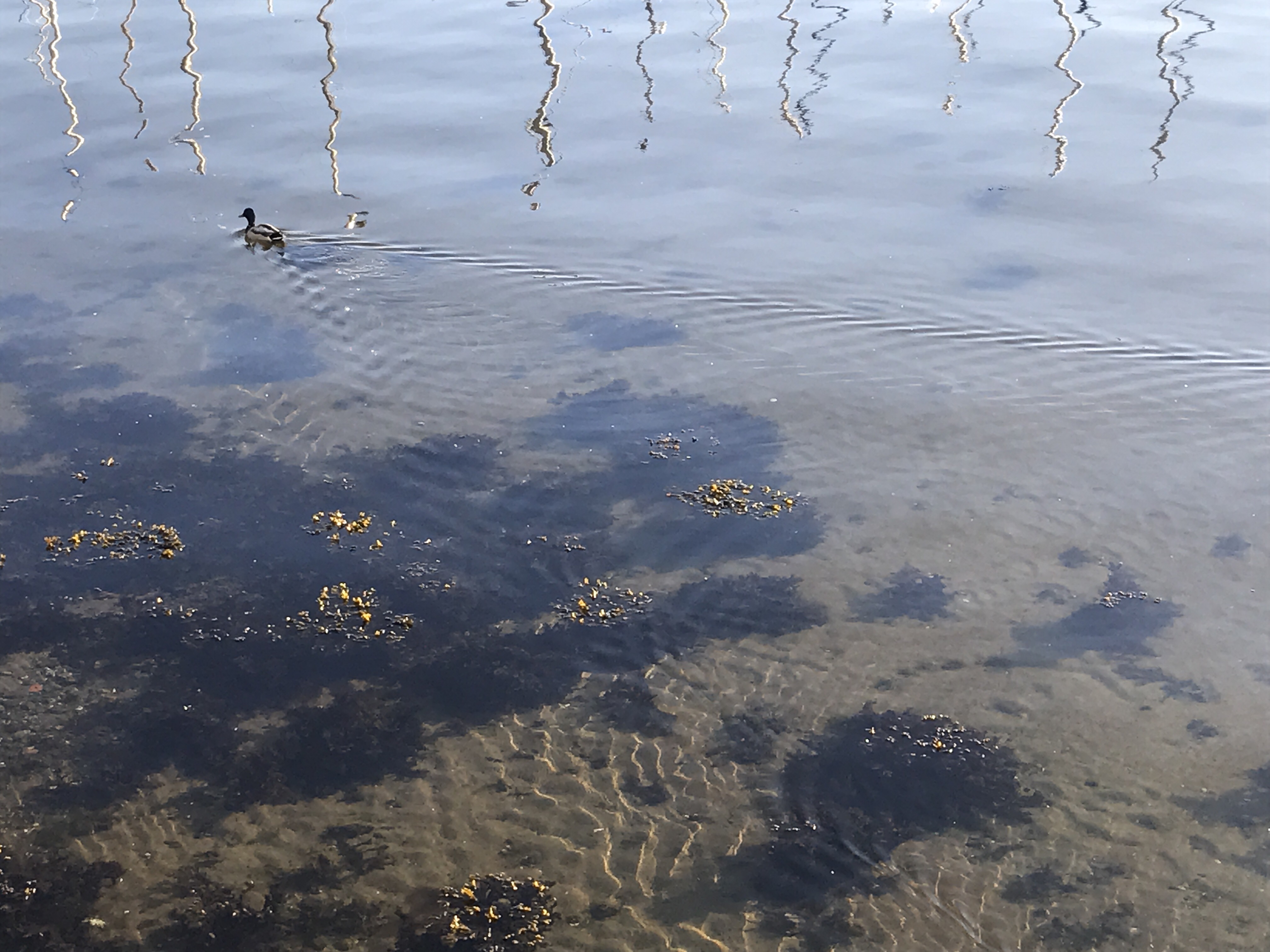
That’s why I am so happy about having started this blog — it helps me observe so many amazing things :-)
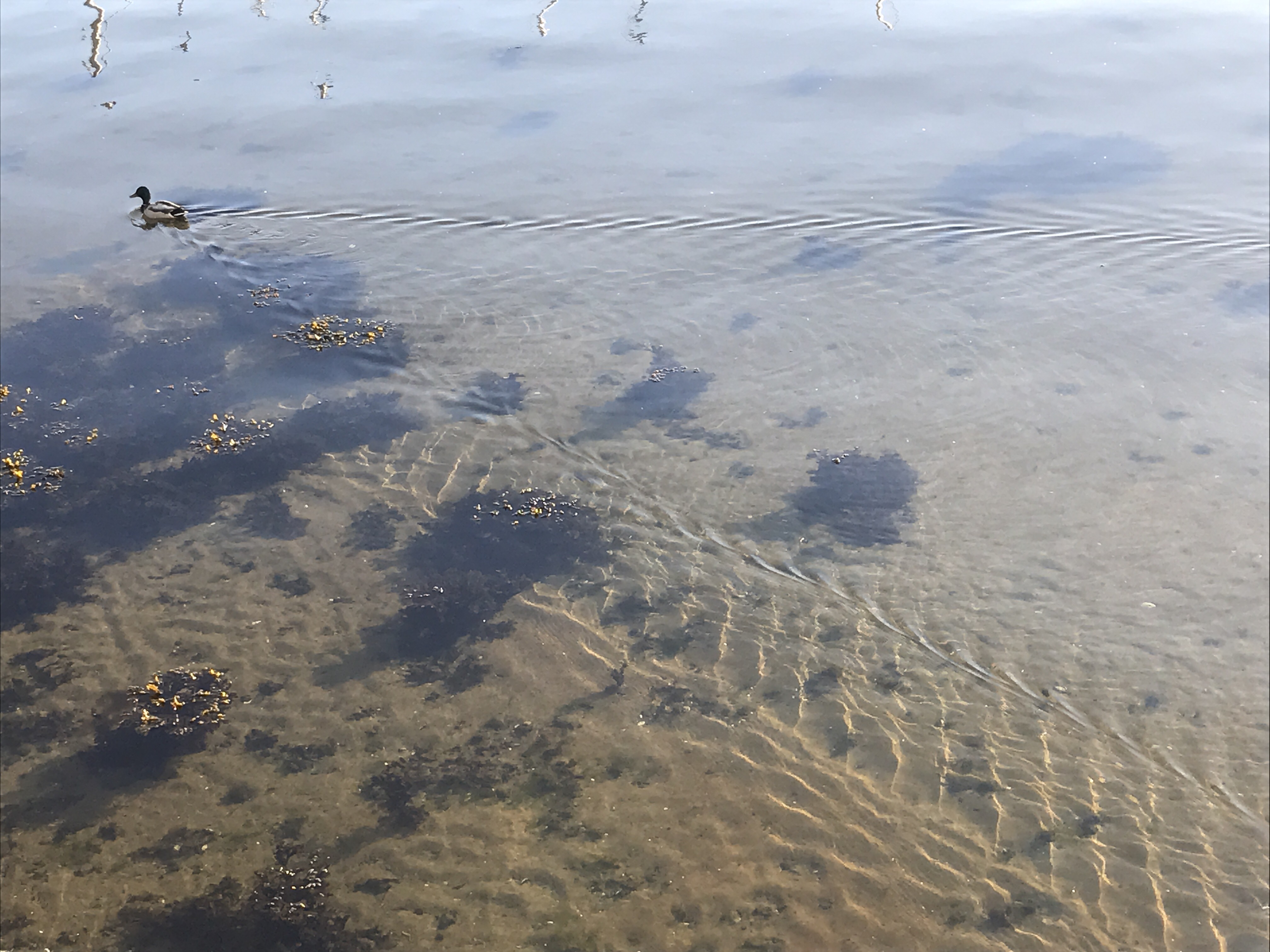
Oh, and if you are still waiting for the wake? Sorry, this was it. I was obviously talking about waves :-)

